Le Monde Problématique's Public Feed: Willkommen zu meiner Debattenr...
Willkommen zu meiner Debattenrundschau vom 02.09.2019!
Seit einiger Zeit scheint es ein verstärktes öffentliches bzw. mediales Interesse an Ostdeutschland zu geben, wozu sicher auch die Wahlerfolge der AfD beigetragen haben. Erst langsam scheint man aus westdeutscher Perspektive zu verstehen, wie viel Frustration in den neuen Bundesländern auch durch kulturelle Abwertungserfahrungen entstanden ist und wie selbstverständlich arrogant man häufig Richtung Osten schaute.
Die in Sachsen aufgewachsene Künstlerin Henrike Naumann ist zur Zeit sicher die prominenteste Vertreterin zeitgenössischer KünstlerInnen, die sich mit deutsch-deutscher Geschichte aus einer dezidiert ostdeutschen Perspektive beschäftigen.
Inzwischen scheint es auch politischer Konsens zu sein, ostdeutschen Erfahrungen, Geschichte und Kultur mit neuer Wertschätzung zu begegnen. Spiegel Online meldet beispielsweise, dass Bundespräsident Franz-Walter Steinmeier den Eingangsbereich seines Amtssitzes Schloss Bellevue mit fünf großformatigen Arbeiten der ostdeutschen MalerInnen Hartwig Ebersbach, Günter Firit, Angela Hampel, Harald Metzkes und Trak Wendisch ausgestattet habe. Dies sei als eine Verbeugung vor all jenen zu verstehen, die 1989 für die Wende auf die Straße gegangen seien, so Steinmeier. Er wolle ebenfalls seine Wertschätzung gegenüber jenen Künstlern zum Ausdruck bringen, welche ihrem eigenen Gewissen gefolgt seien und nicht der staatlich verordneten Weltsicht.
Hier sind wir schon bei jener Frage, welche bei der Diskussion um ostdeutsche Kunst immer im Raum steht: War der oder die KünstlerIn regimetreu oder nicht?
Im Leipziger Museum der Bildenden Künste wurde gerade eine große Ausstellung mit ostdeutschen Künstler*innen eröffnet, welche sich thematisch mit der Friedlichen Revolution und dem Ende der DDR beschäftigt. Andreas Platthaus hat sie gesehen und schildert seien Eindrücke in einem Artikel für die FAZ.
Ein besonderer Aspekt jener Schau sei, dass eben nicht strikt nach dissidenten oder staatstragenden Positionen getrennt worden sei, wie Marlen Hobrack in ihrer Anmoderation eines Interviews schreibt, welches sie mit den beiden an der Ausstellung beteiligten KünstlerInnen Doris Ziegler und Rainer Schade für den Freitag geführt hat. Themen sind unter anderem die Bedingungen, unter denen jene künstlerische Arbeit in der DDR stattfinden konnte, welche nicht den staatlichen Vorgaben entsprach. Rainer Schade hält die strikte Unterscheidung „gegen den Staat, für den Staat“ für zu simpel: „Die Abstufungen dazwischen, die die Mehrheit ausmachen, vernachlässigt man. Was trauten sich Künstler auszudrücken und mit welcher Strategie? Das ist viel komplizierter freizulegen. Auch die, die geblieben sind und sich nicht Dissidenten nannten, waren mal mehr, mal weniger subversiv. Es war wesentlich mehr möglich, als heute mancher glaubt.“ Insgesamt ein wirklich lesenswertes Interview, welches ein differenziertes Bild des Künstlerseins in der ehemaligen DDR zeichnet.
Rainer Schade ist seit 1995 Vorstandsvorsitzender des Leipziger Jahresausstellung e. V. Um eben jene Jahresausstellung entspann sich vor einigen Wochen ein heftiger Streit, welcher sich an der Teilnahme des Künstlers Axel Krause entfachte. Krause steht politisch der AfD nahe und kommuniziert seine Ansichten offensiv auf Facebook, was zu Protesten von ebenfalls teilnehmenden Künstlerinnen und Künstlern führte. Falls jemand eine Gedächtnisstütze braucht - die ganze Story kann man unter anderem bei Deutschlandfunk Kultur nachlesen.
Vor eigen Tagen fand nun im Zeitgeschichtlichen Forum Leipzig eine Podiumsdiskussion zum Thema „… das darf die Kunst – Über Freiheit, Grenzen und Tabus“ statt, zu der auch Axel Krause eingeladen war. Weitere Diskussionsteilnehmer waren Dr. Eva-Maria Stange (Sächsische Staatsministerin für Wissenschaft und Kunst), Dr. Uwe Neumann (Kunsthalle Rostock), Christoph Tannert (Künstlerhaus Bethanien; zur Zeit schwerer Kritik ausgesetzt wegen seiner Ausstellung ‚Milchstraßenverkehrsordnung – Space is the Place’) und Rüdiger Giebler (Maler und Grafiker, Halle). Marlen Hobrack war vor Ort und beschreibt ihre Eindrücke des Abends in einem Artikel für das Magazin Monopol.
Das feministische Kollektiv Frankfurter Hauptschule hat Goethes Gartenhaus in Weimar mit Toilettenpapier beworfen, um auf das problematische Frauenbild des Dichters hinzuweisen. Unter anderem berichtete Monopol von der Aktion.
Im Interview mit dem Portal Bento.de beschreiben anonyme Mitglieder der Gruppe ihre Beweggründe für ihren künstlerischen Angriff. Goethes Frauenbild kritisieren sie unter anderem folgendermaßen: „Die Frauenfiguren in seinen Werken wirken häufig eher schwach: ‘Faust’ ist ein gutes Beispiel. Gretchen ist 14 Jahre alt und wird eher dumm und naiv dargestellt. Faust dagegen ist der schlaue, rastlose Denker. Bei Goethe sind meist die Männer die Handelnden und die Frauen passiv.“ Sein Gedicht ‘Heidenröslein’ bezeichnen sie als „humoristische Vergewaltigungslyrik“.
Die Organisation ICOM (International Council of Museums) wird Ende der Woche darüber abstimmen, wie eine aktualisierte Definition der Institution Museum aussehen könnte. Wie Zachary Small für Hyperallergic.com berichtet, ist im Vorfeld der Abstimmung ein Streit innerhalb der Organisation entbrannt. Anlass ist der im Vorhinein veröffentlichte Vorschlag der Vorsitzenden der Kommission zur Neuformulierung der Museumsdefinition, Jette Sandahl, welcher im Artikel folgendermaßen zitiert wird: „‘Museums are democratizing, inclusive and polyphonic spaces for critical dialogue about the pasts and the futures. Acknowledging and addressing the conflicts and challenges of the present, they hold artifacts and specimens in trust for society, safeguard diverse memories for future generations and guarantee equal rights and equal access to heritage for all people.
Museums are not for profit. They are participatory and transparent, and work in active partnership with and for diverse communities to collect, preserve, research, interpret, exhibit, and enhance understandings of the world, aiming to contribute to human dignity and social justice, global equality and planetary wellbeing.‘“ Die bisherige, zu aktualisierende Definition zitiert Small folgendermaßen: „[A museum is] ‚a nonprofit institution‘ that ‚acquires, conserves, researches, communicates, and exhibits the tangible and intangible heritage of humanity and its environment for the purposes of education, study, and enjoyment.‘“ Kritiker des Vorschlags bemängelten, er sei zu ideologisch, zu politisch aufgeladen, insgesamt nicht präzise genug sowie unter juristischen Gesichtspunkten betrachtet unbrauchbar.
Zur Abwechselung möchte ich an dieser Stelle mal auf eine Pop-Kritik hinweisen. Ausgehend vom antifaschistischen #wirsindmehr Konzert, welches vor ziemlich genau einem Jahr in Chemnitz stattfand und auf dem viele Größen der deutschen Musiklandschaft auftraten, analysiert Daniel Gerhardt den Zustand der deutschen Pop-Musik. Diese befinde sich in einem Zustand totaler Harmlosigkeit und verweigere sich jeder (politischen) Haltung. In seinem auf Zeit Online veröffentlichten Text schreibt Gerhardt: „Wer heute Erfolg mit Popsongs in Deutschland haben will, muss Musik aus vergangenen Zeiten machen. Die Prototypen Helene Fischer, Mark Forster und Max Giesinger singen ihr Publikum aus einem Land an, das es gar nicht mehr gibt. Sie sind Überbleibsel der ersten Amtsjahre von Bundeskanzlerin Angela Merkel, einer vergleichsweise ruhigen Konsolidierungsphase, in der noch kaum jemand einen Gedanken an kommende Wirtschafts- und Flüchtlingskrisen verschwendete. In diesem Klima der Selbstzufriedenheit gingen der emanzipatorischen Popmusik die Themen verloren: Es wurde schwierig zu bestimmen, wogegen man sich mit Hilfe von Pop überhaupt noch auflehnen und wovon man sich befreien sollte.“ Die Musik des Dreigestirns Fischer, Forster, Giesinger sieht der Autor als Speerspitze einer unguten deutschen Selbstzufriedenheit. Er schreibt weiter: „Die popmusikalisch bespaßten Jubelmeilen während der Fußballturniere, Helene Fischer im Olympiastadion, Freiwild und Kollegah auf offener Echo-Bühne, jedes x-beliebige Rockfestival, dessen Line-up nahezu ausschließlich männlich, weiß und hetereo besetzt ist: All das sind Ausprägungen einer Popmusik, die einverstanden ist mit dem, was hierzulande den Überzeugungen der Mehrheitsgesellschaft entspricht. Der “Sommermärchen”-Patriotismus hat diese Überzeugungen seit 2006 entscheidend geprägt und sich aller vermeintlichen Unverkrampftheit zum Trotz längst als Nährboden für aggressivere Formen des Nationalismus erwiesen. Deutsche Popmusik hat in dieser Entwicklung immer wieder die Erfüllungsgehilfin gespielt.“ Trotz der Mängel des #wirsindmehr-Konzerts vor allem in Hinblick auf Diversität und Repräsentation unterrepräsentierter Gruppen könne daraus ein wichtiger Impuls für die deutsche Pop-Landschaft entstehen, so die Hoffnung des Autors.
Auch von linker Seite wird immer wieder Kritik an identitätspolitischen Strategien geübt. Nils Markwardt zerlegt in seinem Artikel für den Freitag häufig genannte Kritikpunkte, welche er etwas polemisch folgendermaßen zusammenfasst: „Der Kampf um Anerkennung durch Minderheiten sei demnach die narzisstische und gefühlsduselige Obsession einer Linken, die mit ihrem Insistieren auf gruppenspezifische Besonderheiten nicht nur ein universelles Projekt der Emanzipation verunmögliche, sondern mit seinem Tribalismus auch die demokratische Debattenkultur zerstöre.“ Ein weiterer, häufig vorgebrachter Vorwurf sei, dass „Identitätspolitik eine symbolpolitische Spiegelfechterei sei, von der Menschen sich nicht nur buchstäblich nichts kaufen könnten, sondern diese Fechterei auch noch den klassenpolitischen Kampf um Umverteilung konterkariere“.
Eine Rezension von Martin Ebel zu Sally Rooneys Debütroman „Gespräche mit Freunden“, welche Anfang August im Schweizer Tagesanzeiger erschien, hat zu einer regen Diskussion geführt. Auslöser war vor allem folgende Formulierung des Rezensenten: „Die führenden Blätter widmeten der Newcomerin ausführliche Würdigungen, illustriert mit vielversprechenden Fotos – auf dem des ‚New Yorker‘ sieht die Autorin aus wie ein aufgeschrecktes Reh mit sinnlichen Lippen – […]“ Es würde sich hier um die typische Arroganz männlicher Rezensenten gegenüber schreibenden Frauen handeln, welche viel häufiger als schreibenden Männer über ihr optisches Erscheinungsbild definiert würden, so der Tenor. Parallel zur Diskussion begannen Twitter-NutzerInnen unter dem Hashtag #dichterdran , berühmte männliche Schriftsteller auf ähnliche Weise zu beschreiben. Einige sehr gute Beispiele hat jemand auf watson.chzusammengestellt. Kleine Kostprobe: „‘Während die beeindruckende Katja Mann erfolgreich die Fabriken ihres Vaters leitete, kümmerte sich Gatte Thomas liebevoll um die Kinder. Daneben schrieb er Bücher.‘ #dichterdran“ @SimoneMeier3
„Ist nicht oft schon die Autoreninszenierung sexistisch?“ fragt Mladen Gladić in ihrem Artikel zum Thema, welcher der Freitag veröffentlicht hat. Er macht sich einige sehr interessante Gedanken zur vermeintlichen Notwendigkeit medialer Inszenierung von AutorInnen und welche Auswirkungen diese auf die Rezeption ihrer Werke hat.
Von KünstlerInnen betriebene Bars sind immer einen Artikel wert, verheißen solche Orte doch eine besonders aufregende Kombination aus Liberalität, Exzess und Kreativität. Vergleichsweise nüchtern ist ein Interview mit Calla Henkel und Max Pitegoff ausgefallen, welches Sebastian Frenzel mit den beiden für Monopol geführt hat. Henkel und Pitegoff wurden Anfang der 10er Jahre bekannt als Gründer der Times Bar in Berlin Neukölln, welche sich zum Treffpunkt einer sich neu formierenden, sehr internationalen Kunstszene entwickelte. Folgende Projekte der beiden waren der Performance-Space New Theater und die Übernahmen der Programmgestaltung des Grünen Salons in der Berliner Volksbühne. Ihr neustes Vorhaben ist die Künstlerbar „TV“ in Berlin Schöneberg, welche am vergangenen Samstag eröffnet wurde. Im Interview beschreiben Henkel und Pitegoff ihre künstlerischen Pläne. Ihren Wechsel vom Theater zurück zum Bar-Format begründen sie folgendermaßen: „Eine Bar ist einfach entspannter und weniger reglementiert als ein Theater. […] In eine Bar läufst du einfach rein.“ Im Theater seien die Produktionsmaßstäbe relativ groß; sie würden sich eher für einen Do it yourself-Ansatz interessieren.
Gerhard Richter hat drei große Fenster für das Kloster im saarländischen Tholey entworfen, wie unter anderem Monopol berichtet. Das in der Meldung wiedergegebene DPA-Interview mit Richter ist ein weiteres Beispiel für die völlig unkritische Berichterstattung, mit der Richter seit Jahren in weiten Teilen der deutschen Presse bedacht wird. Jede noch so triviale Äußerung des „bedeutendster deutscher Maler“ wird in die Öffentlichkeit getragen, als seien es die Worte des Allmächtigen höchstpersönlich. facepalm
Johannes Bendzulla

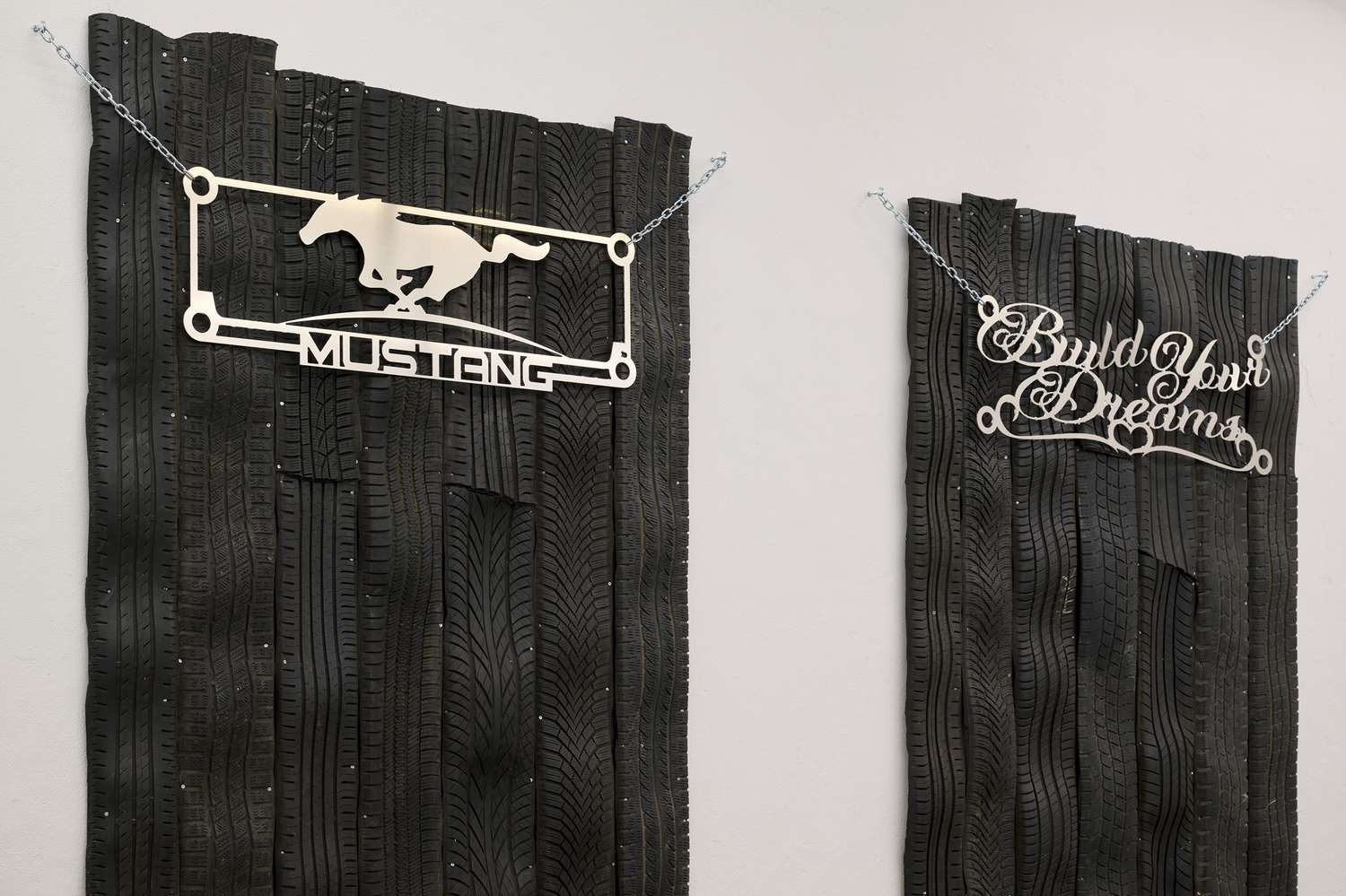
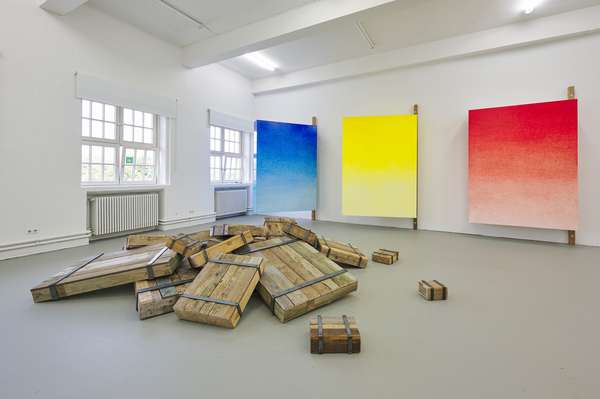

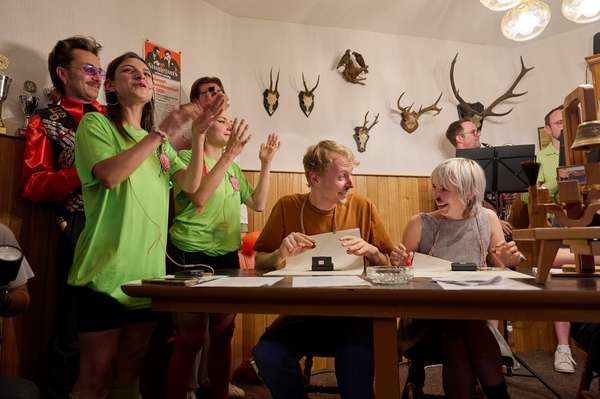
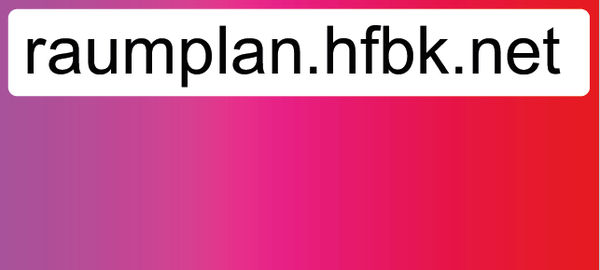
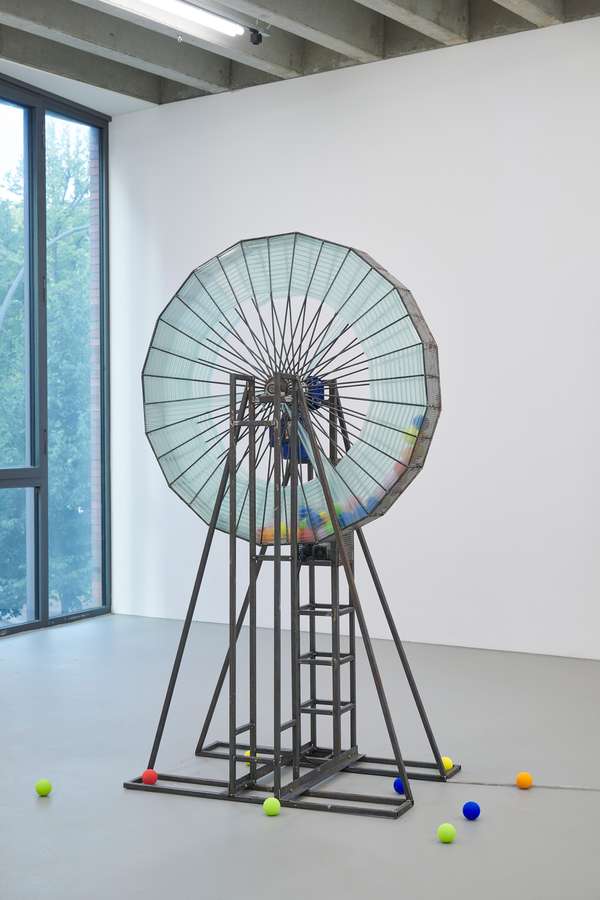

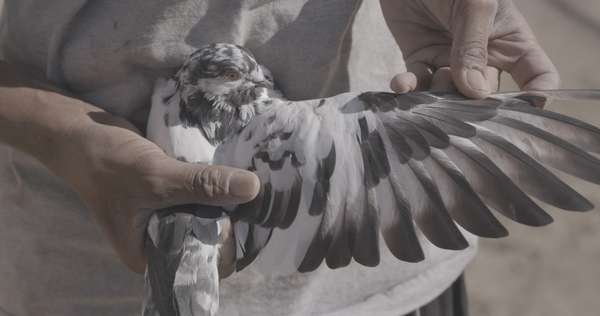
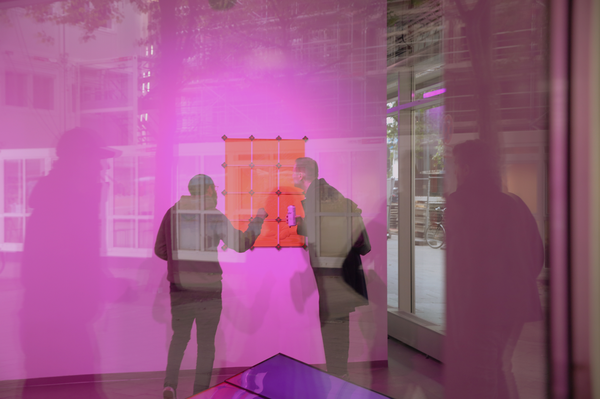


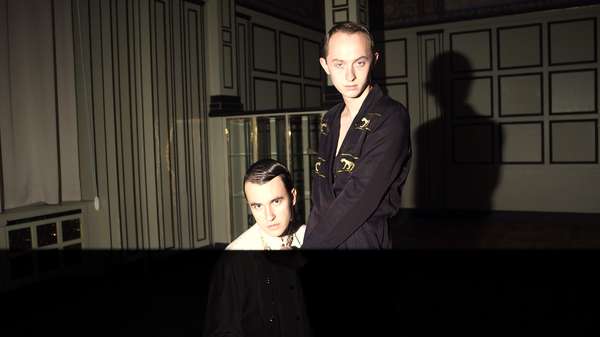
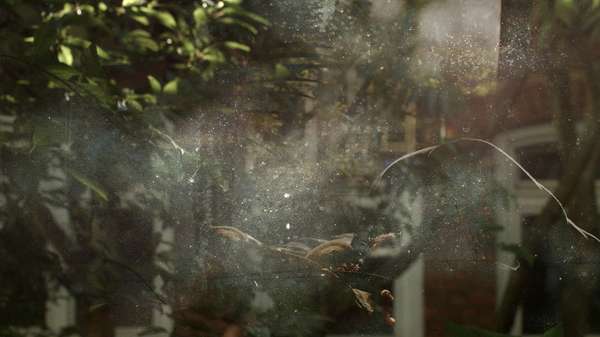
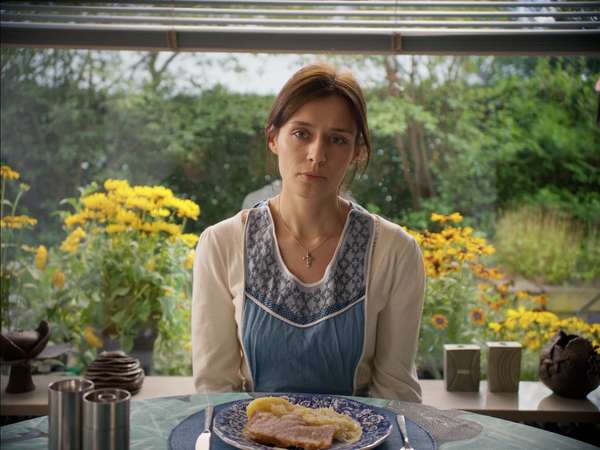
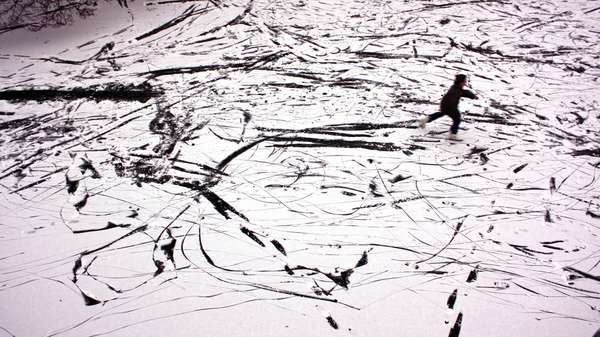
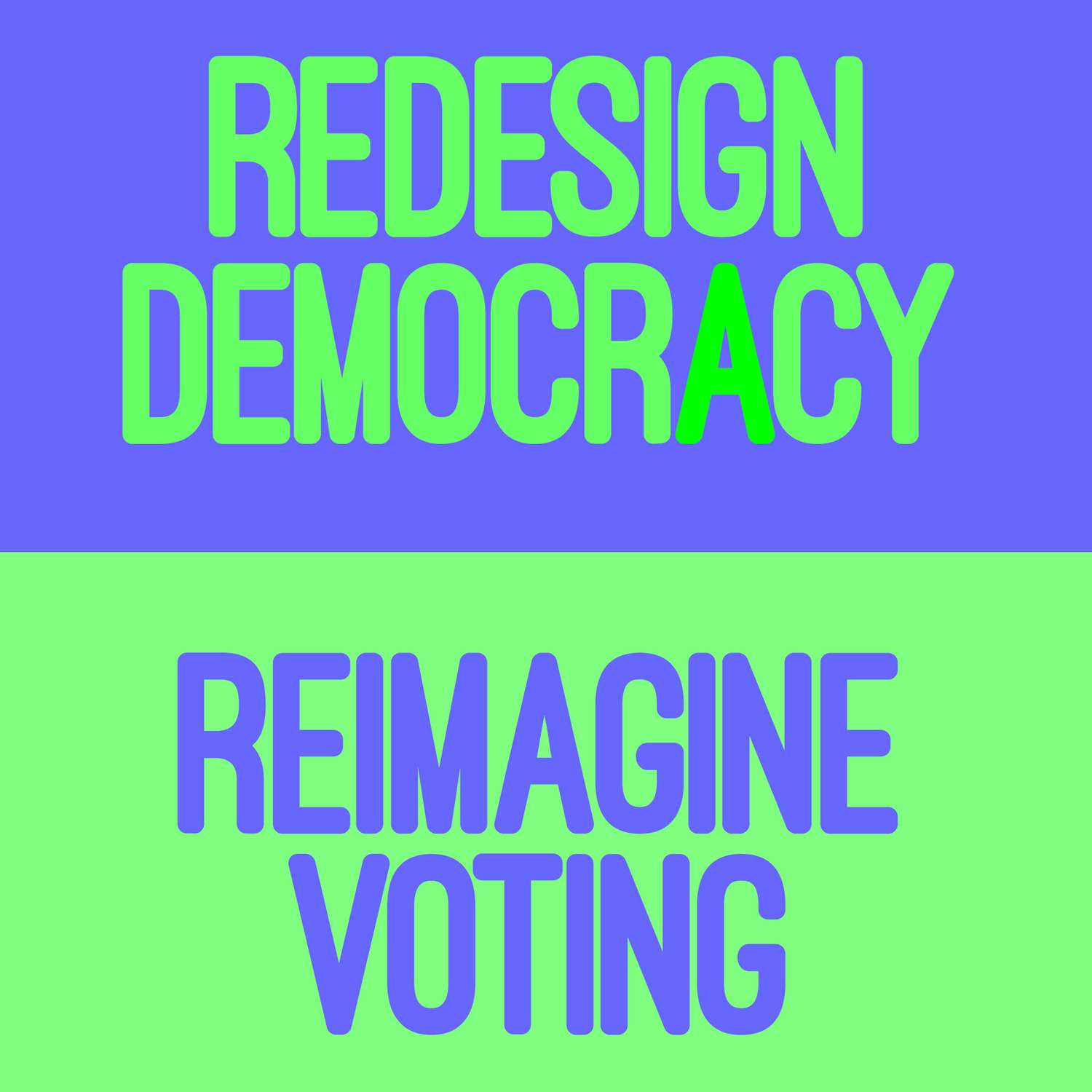

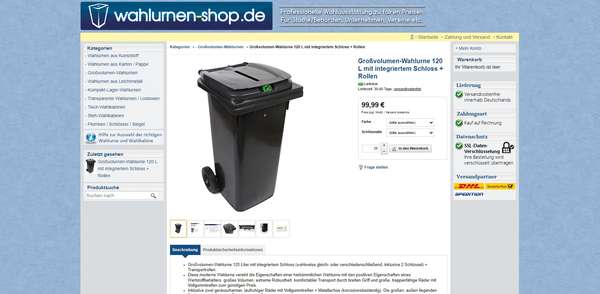

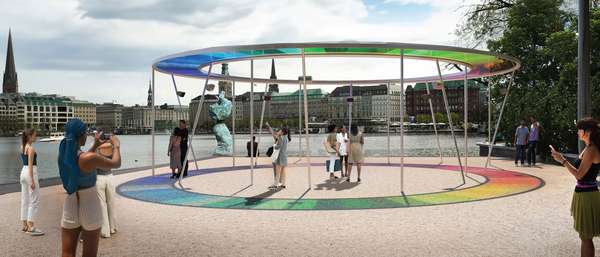

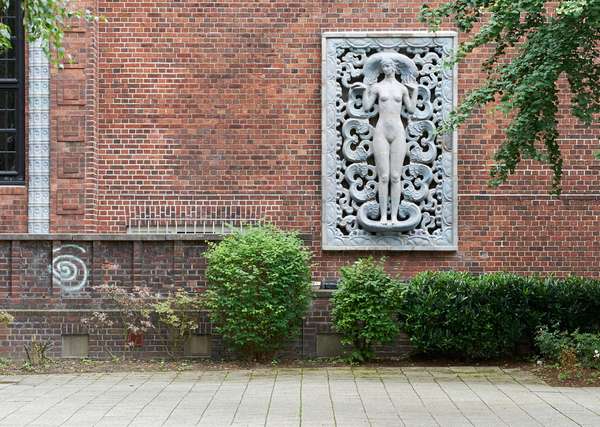
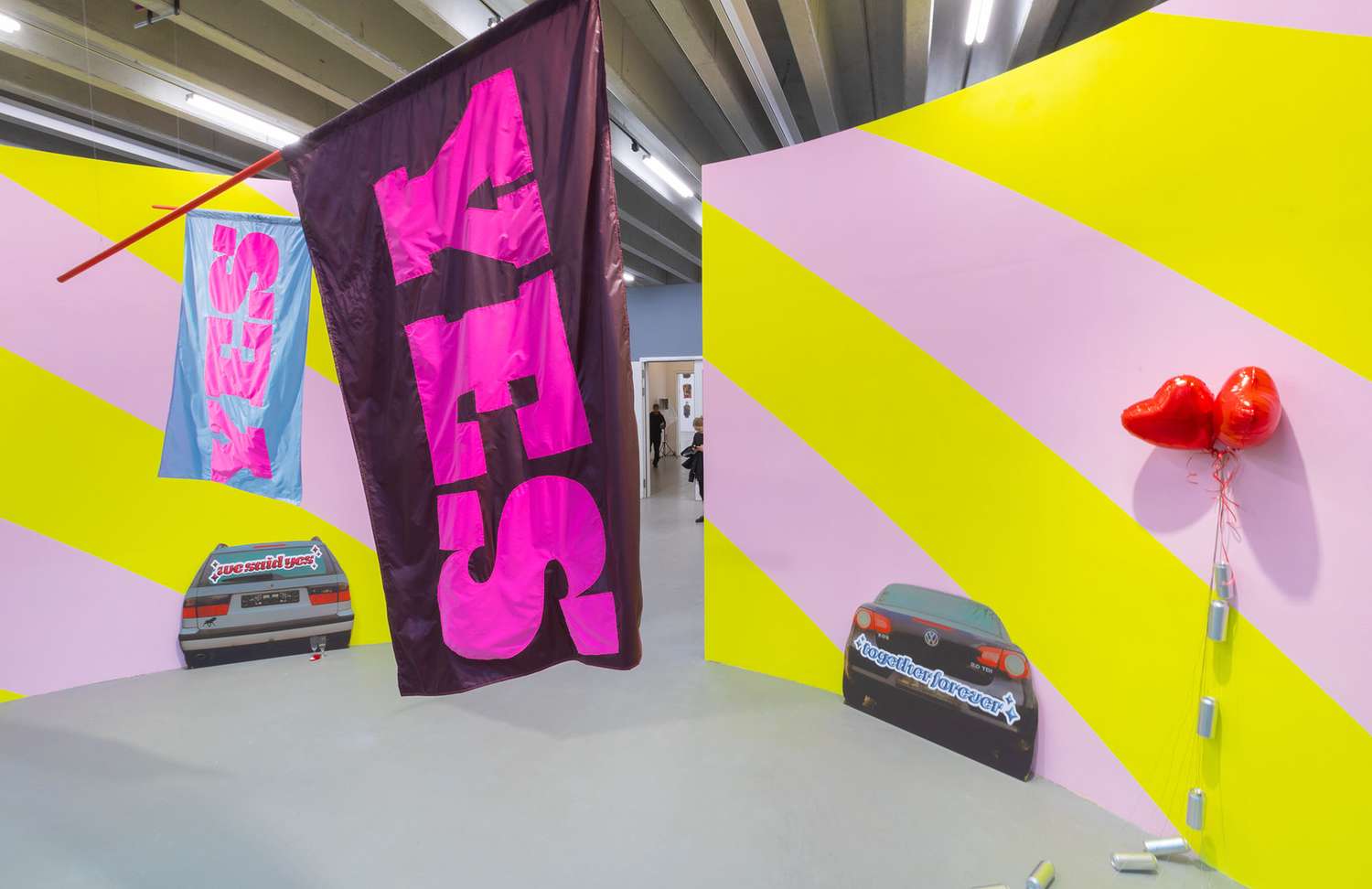
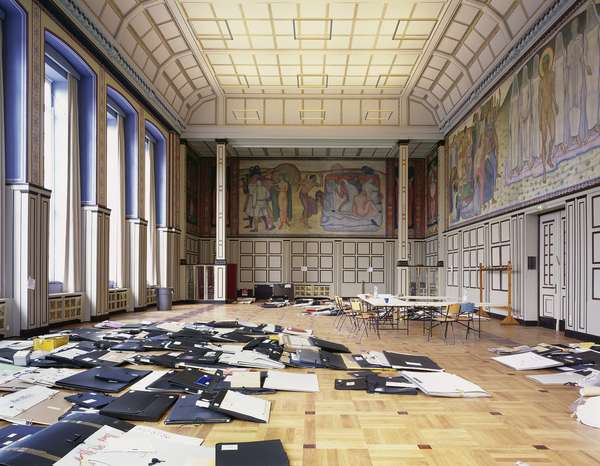
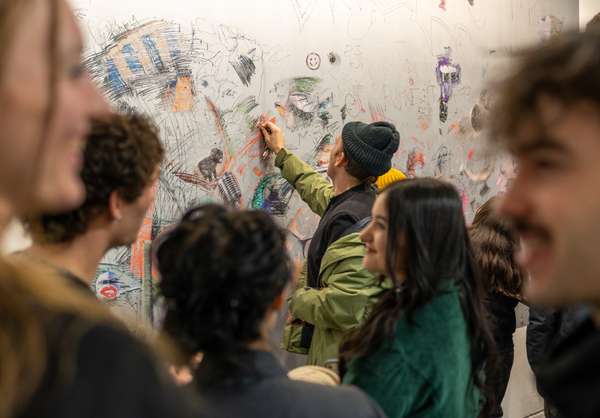
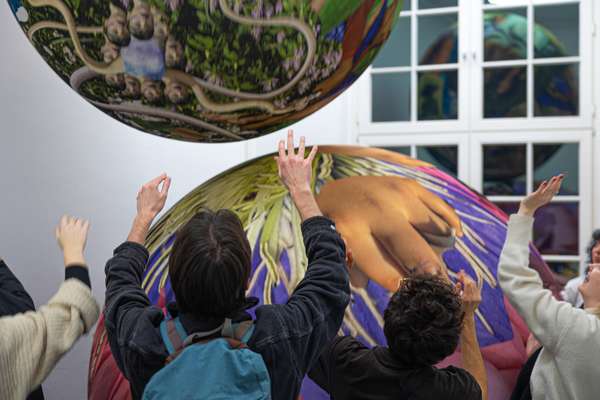
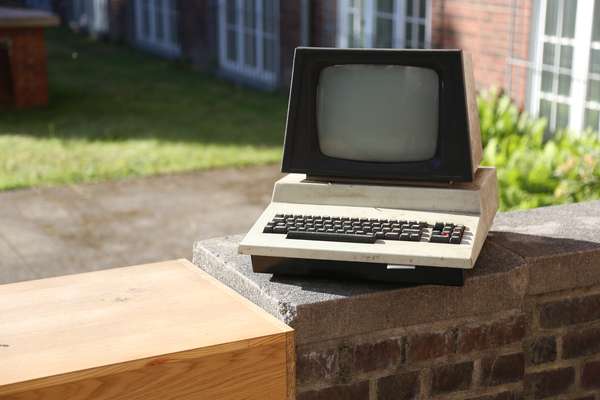


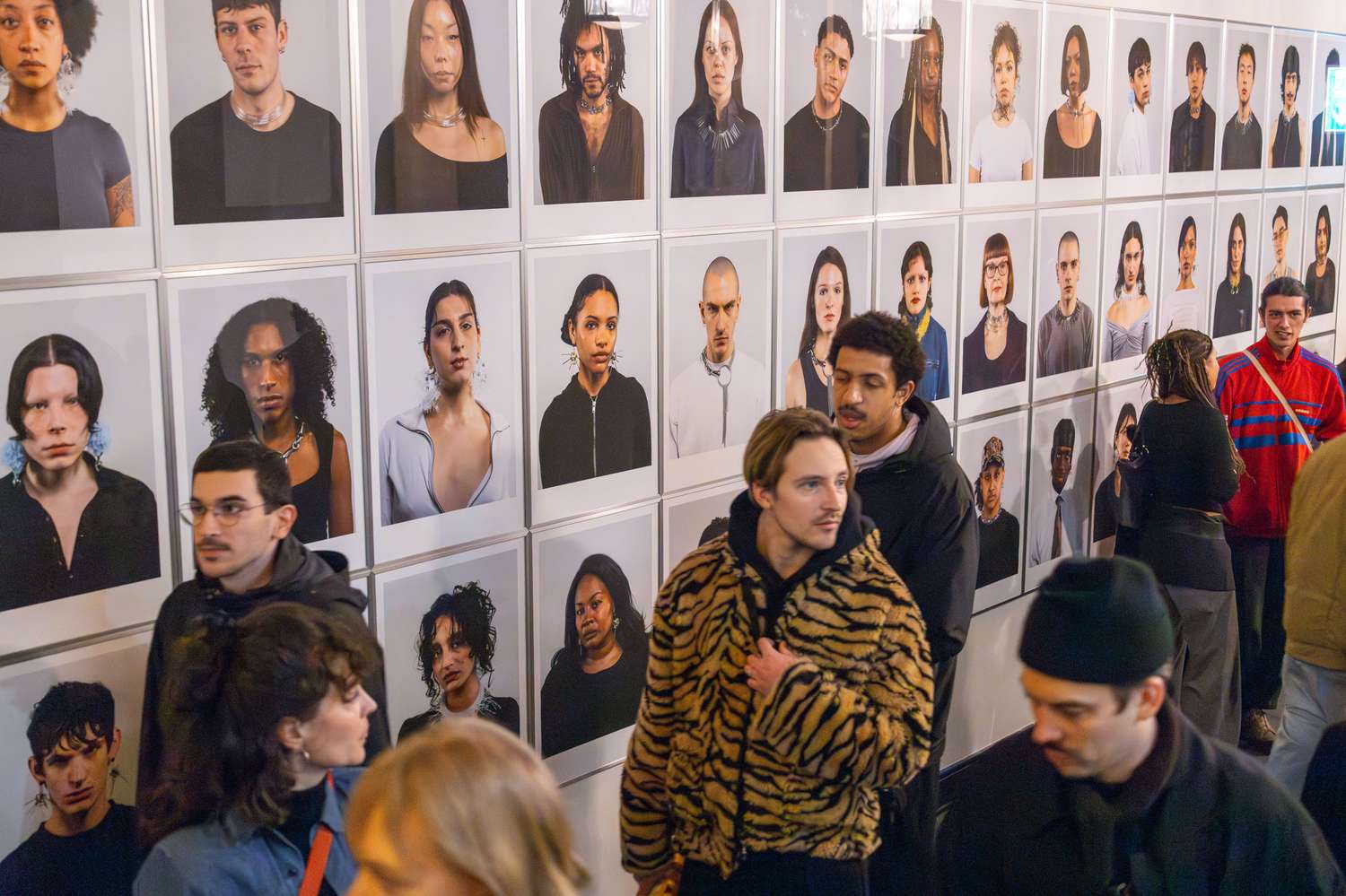
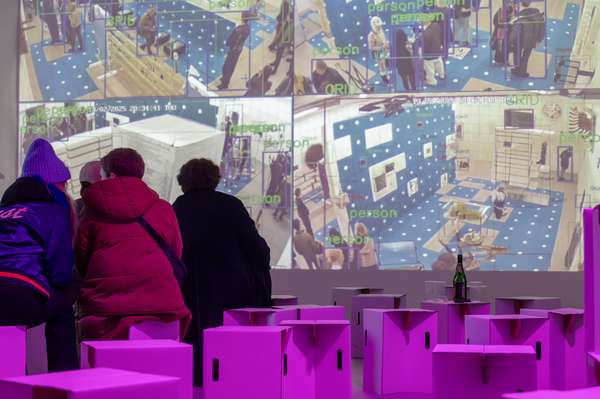
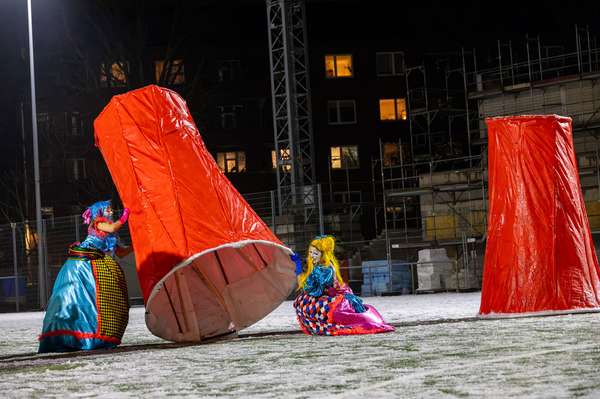
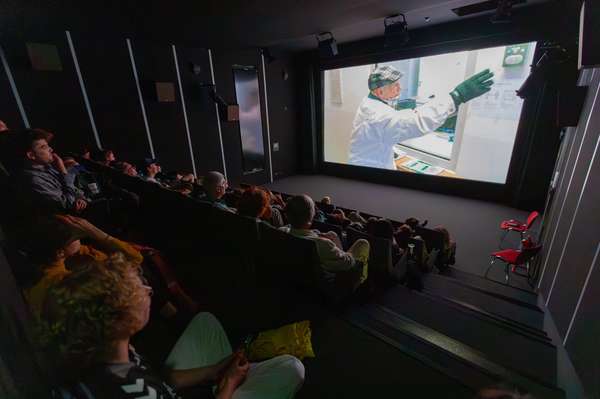
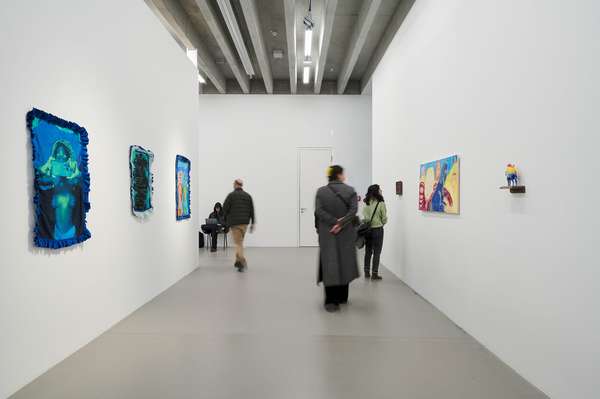
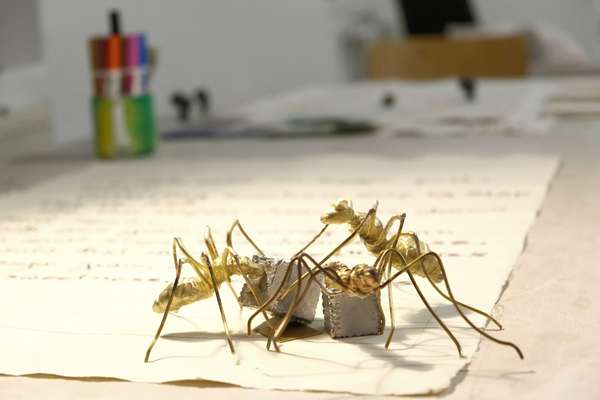
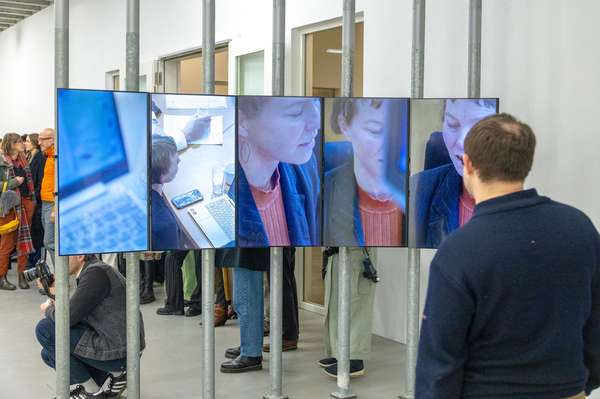
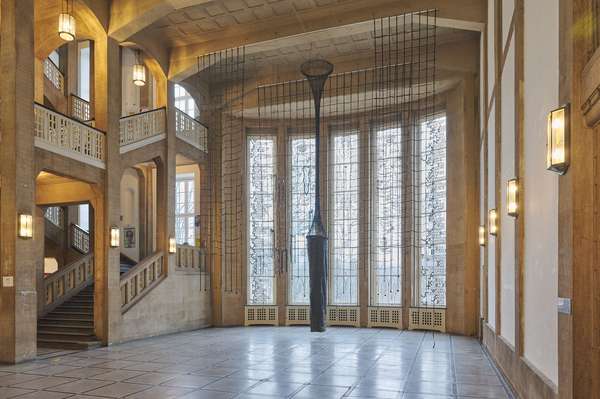
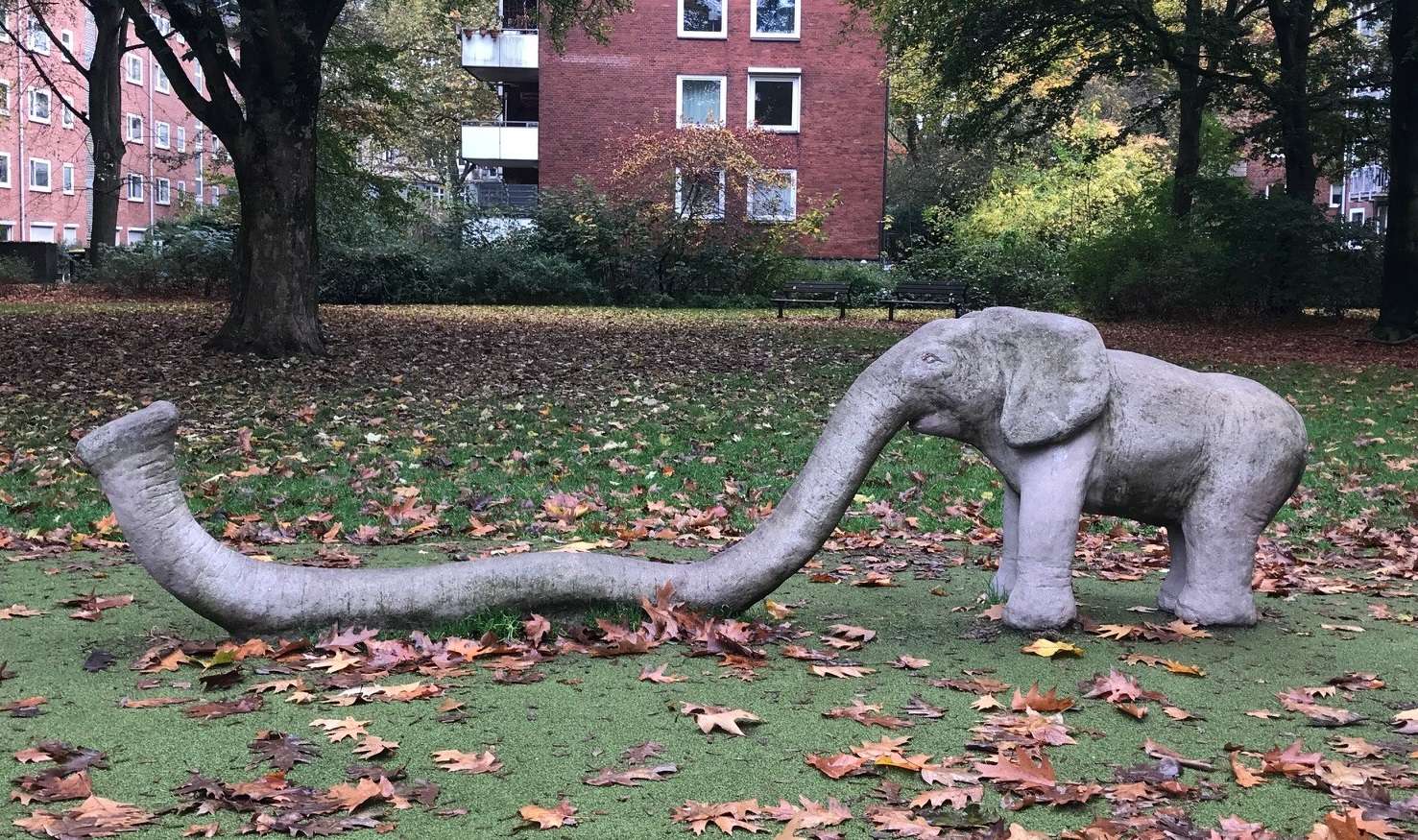
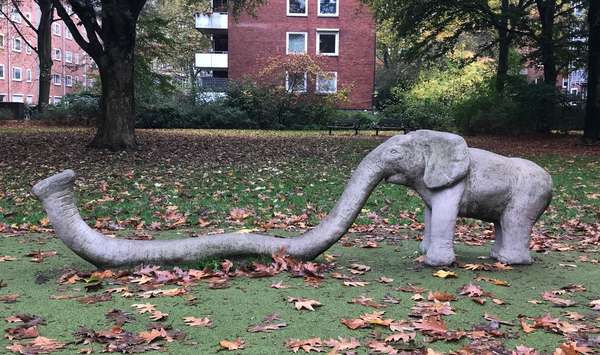
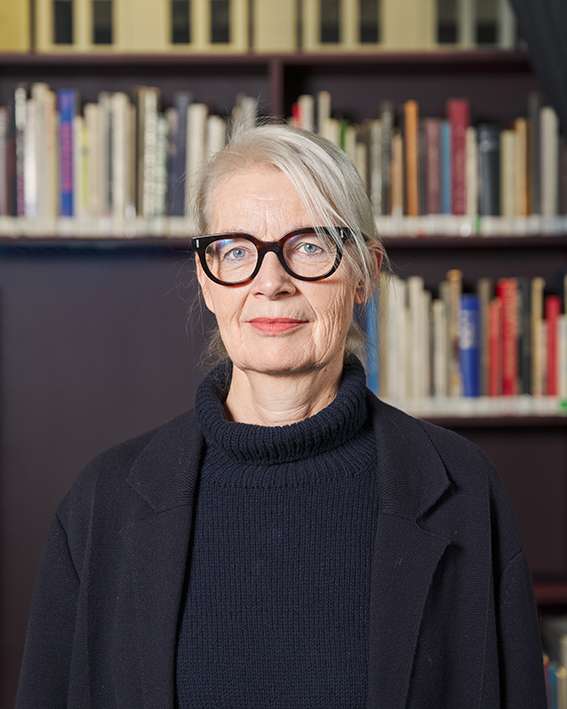
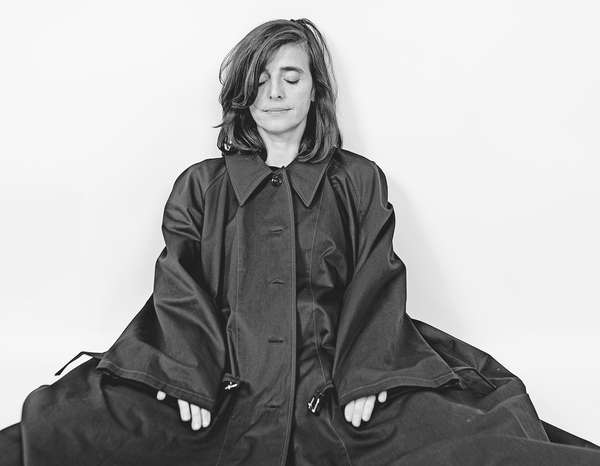
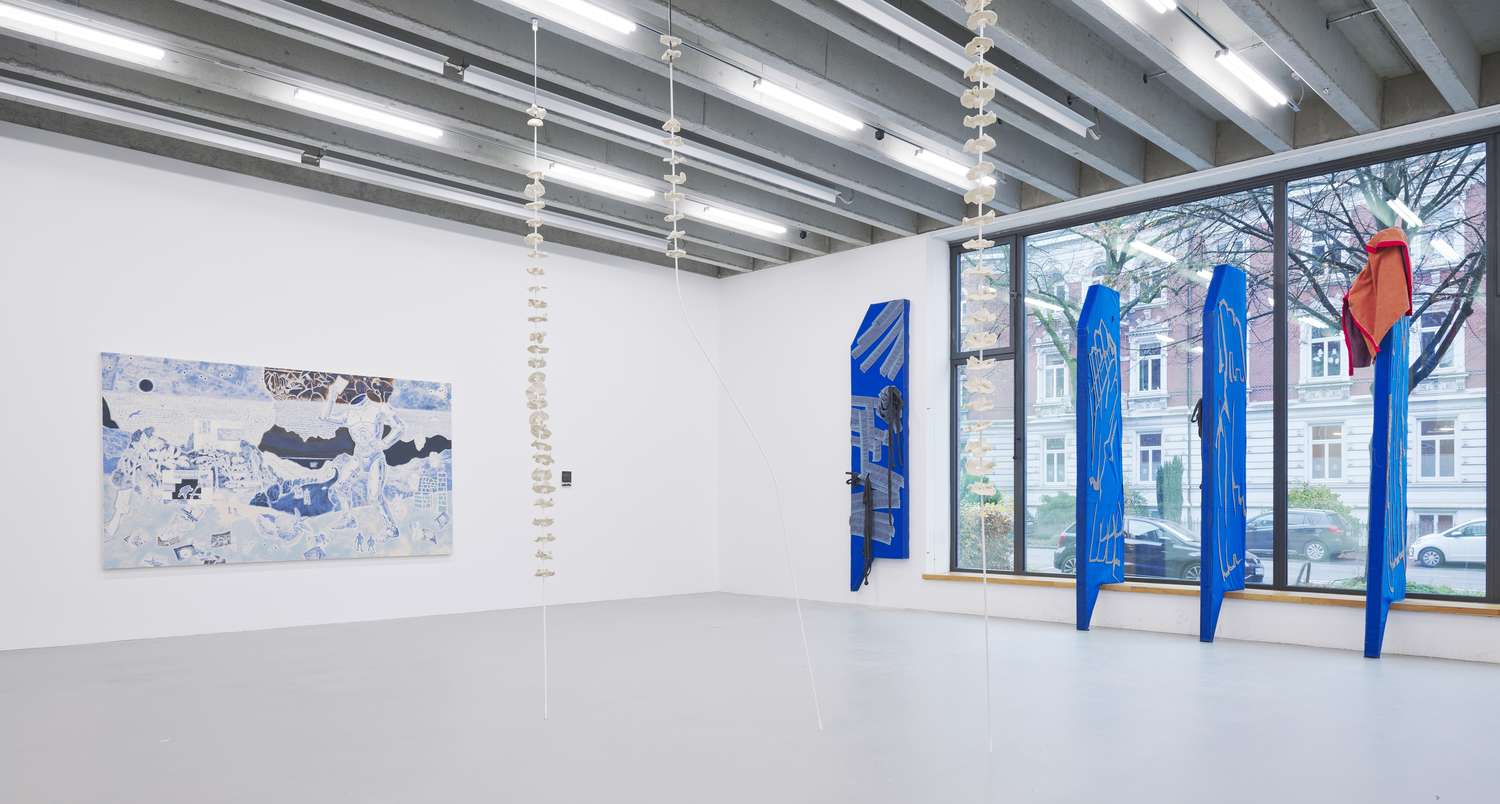
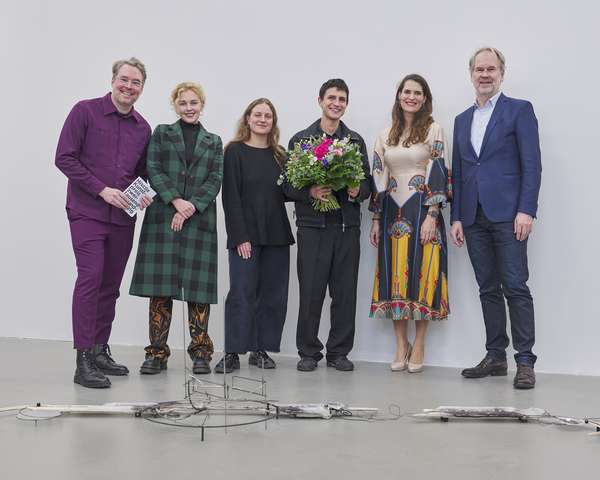
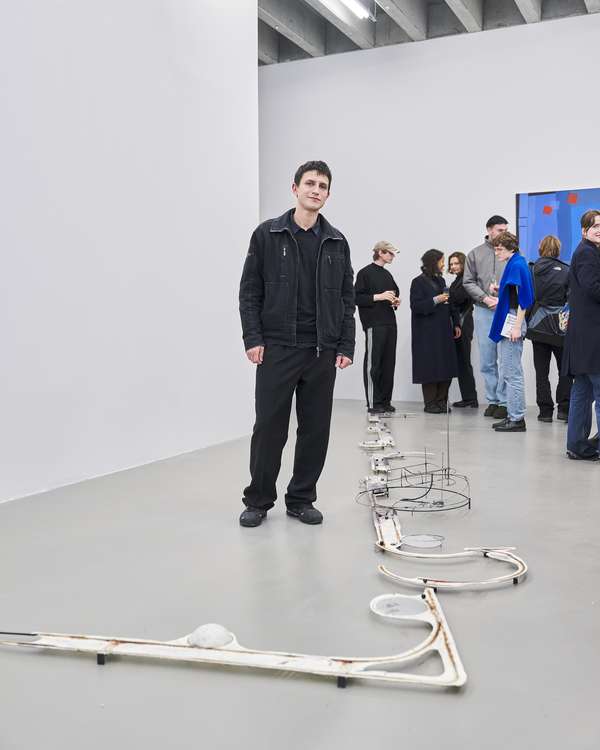
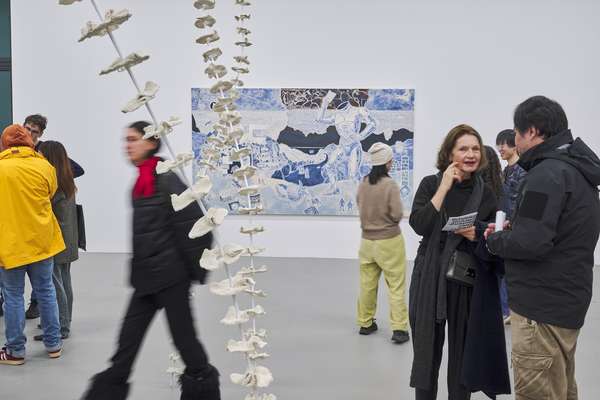
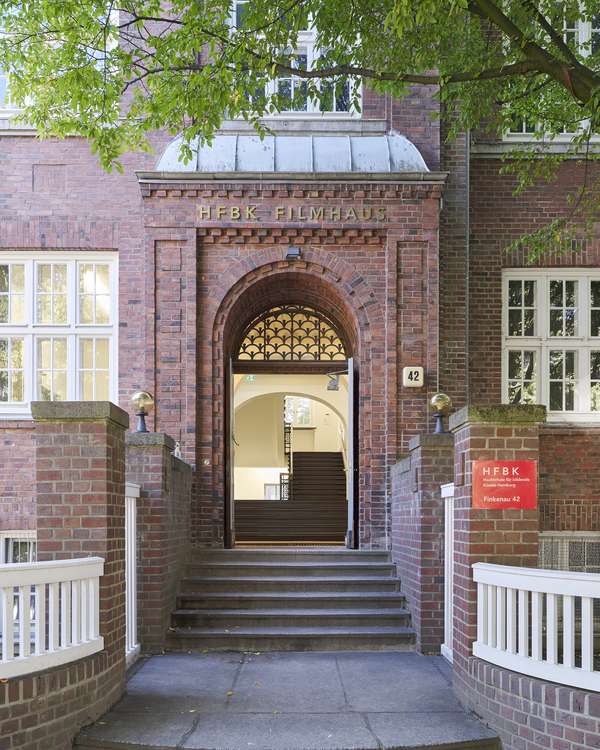
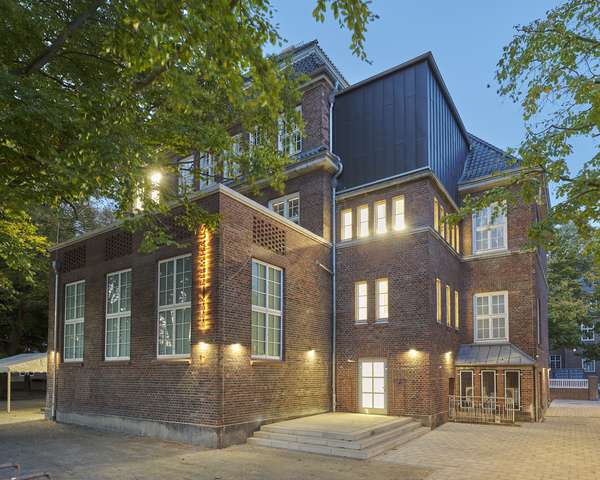
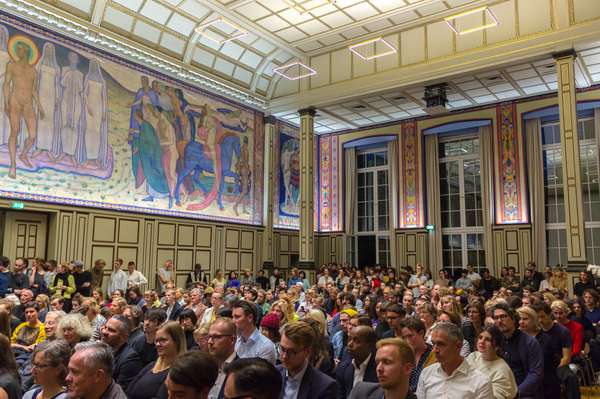
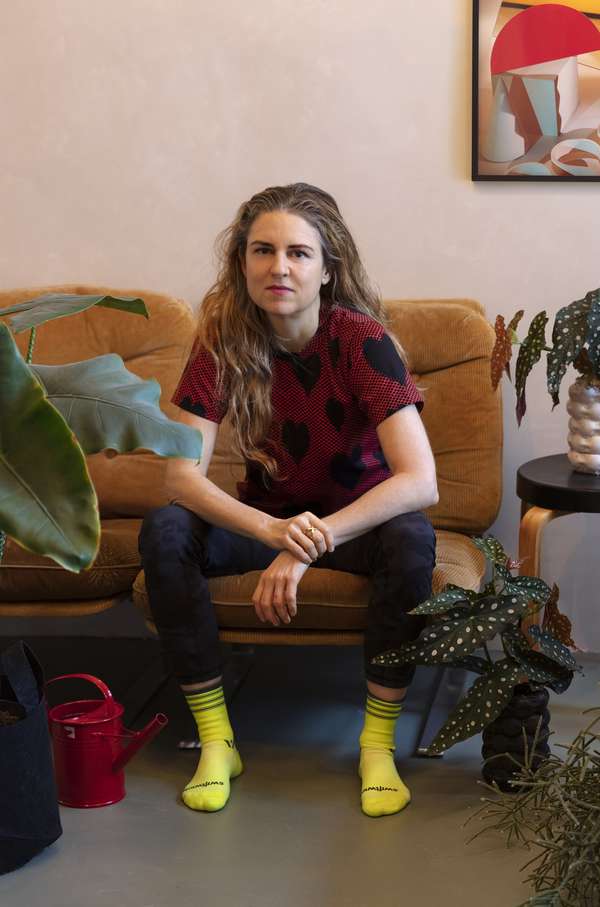
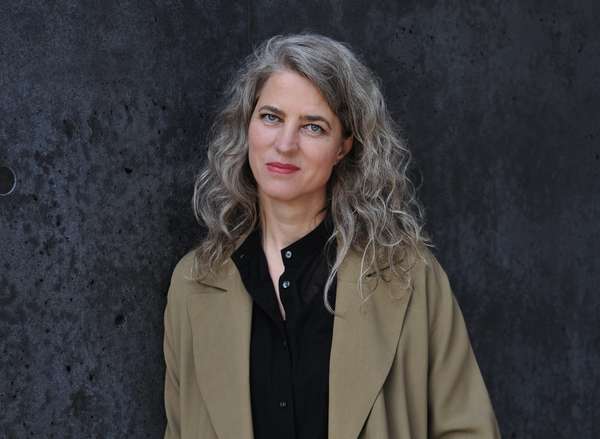
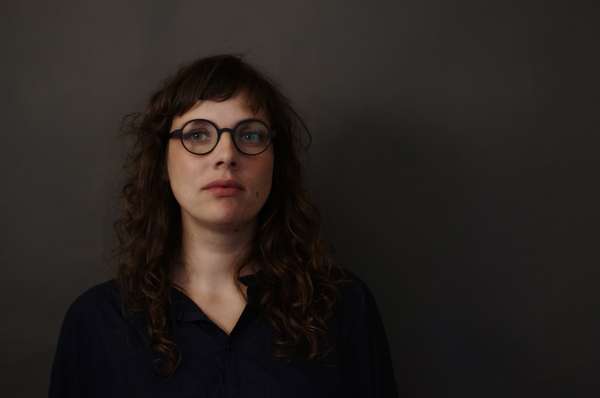
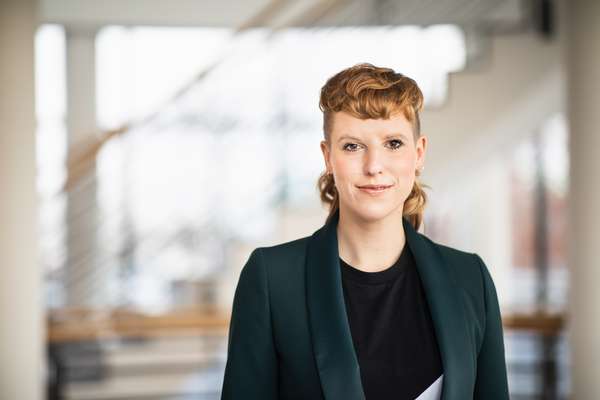
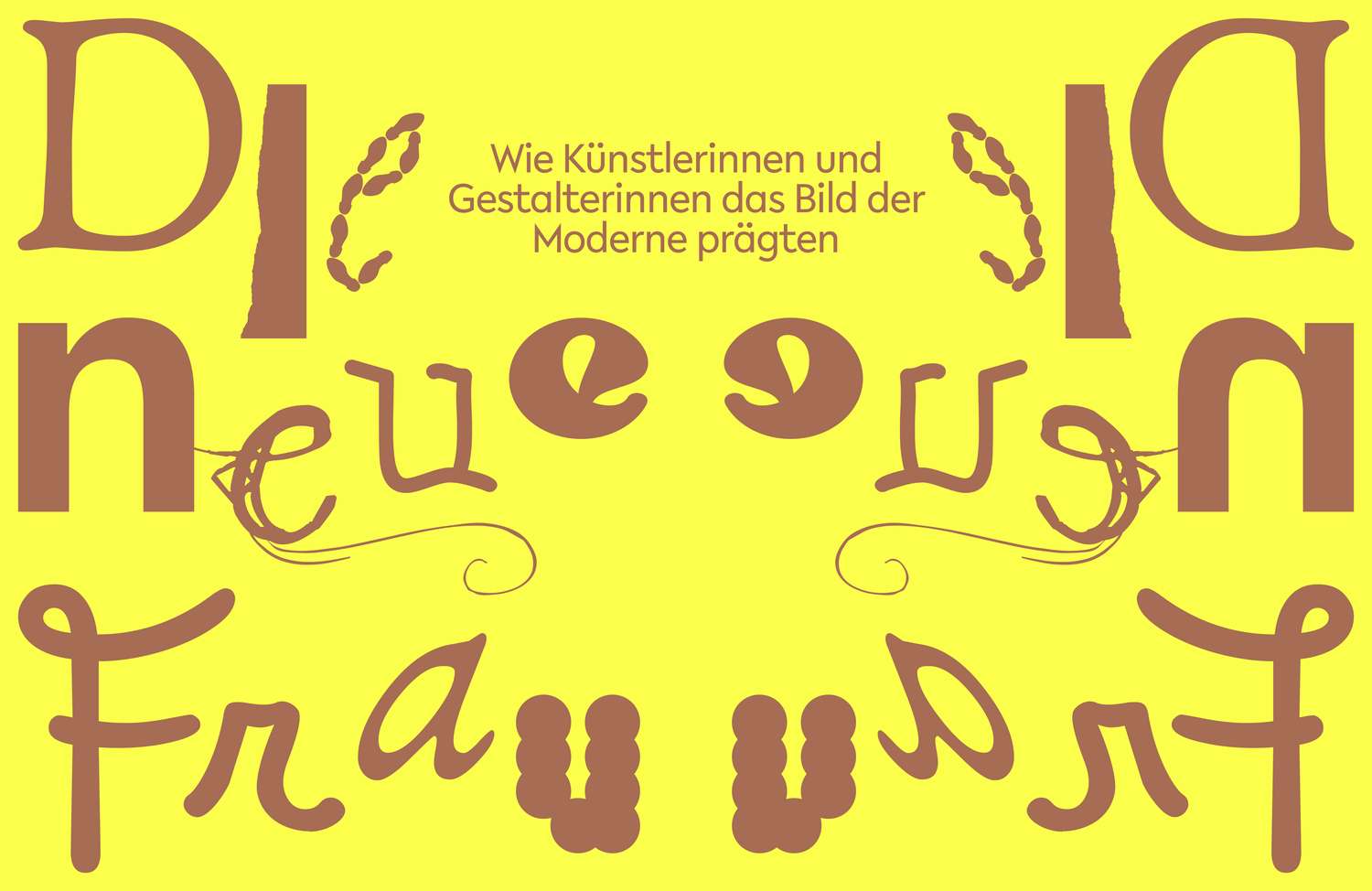
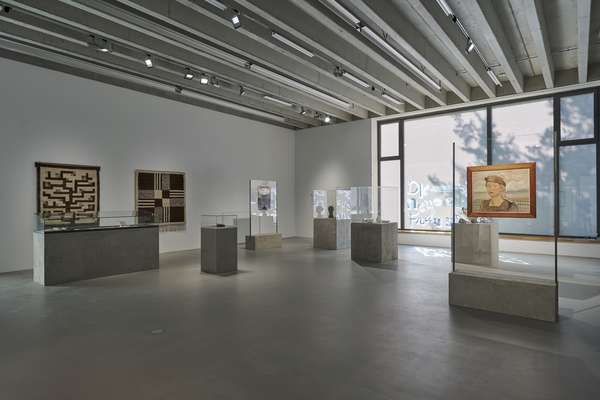
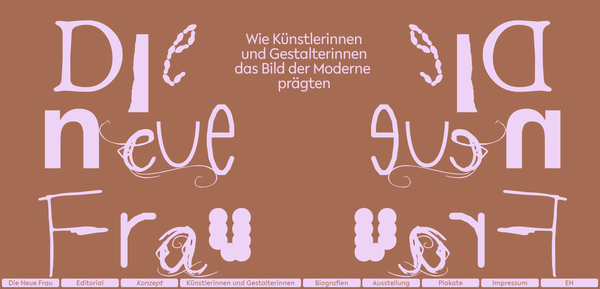
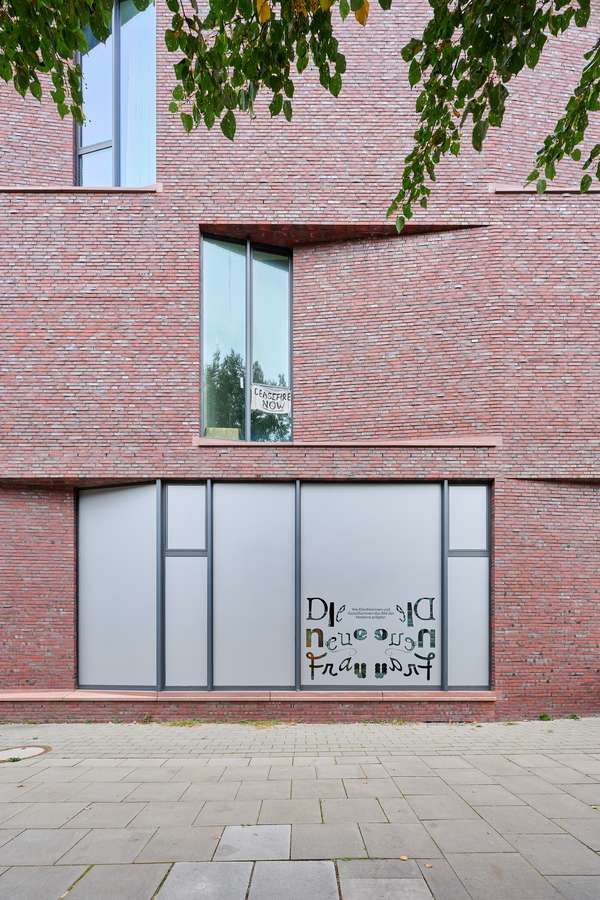
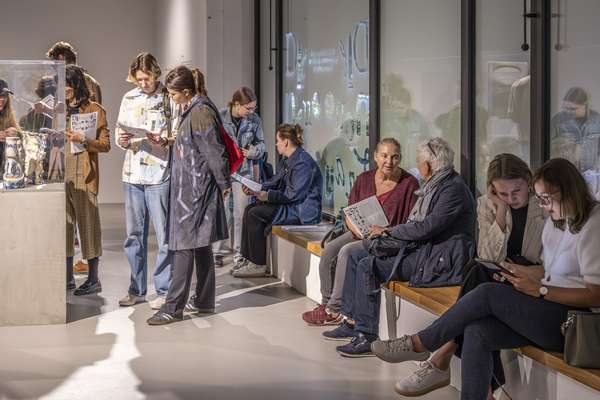

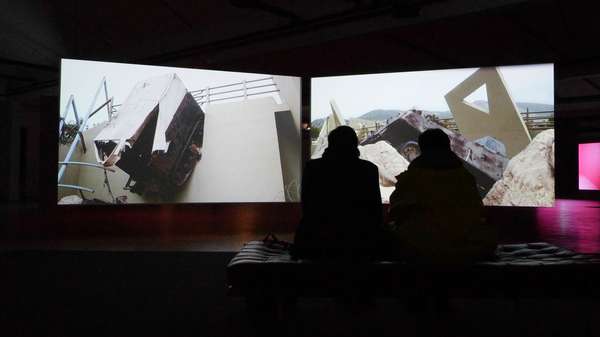
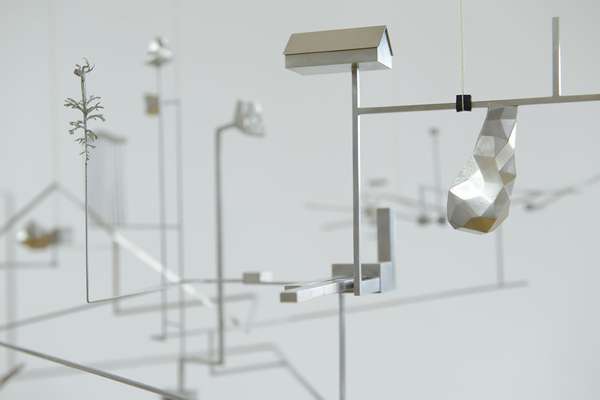
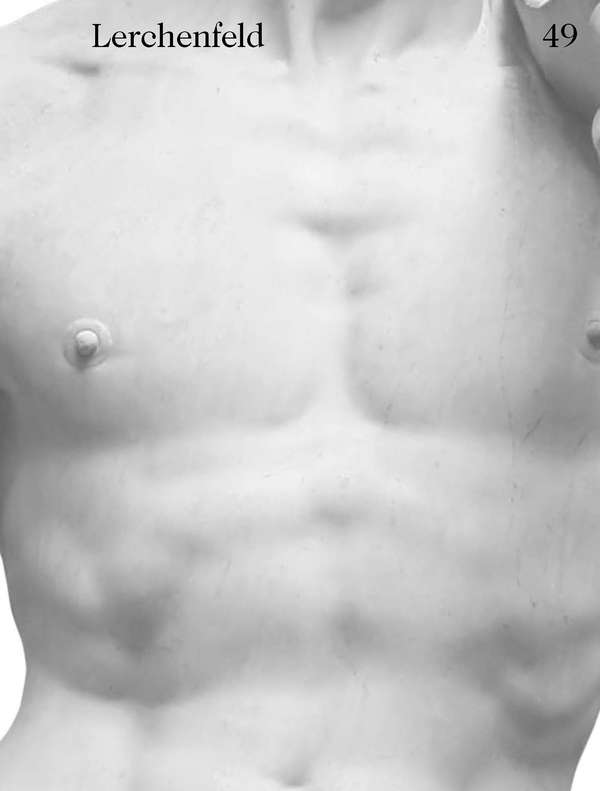
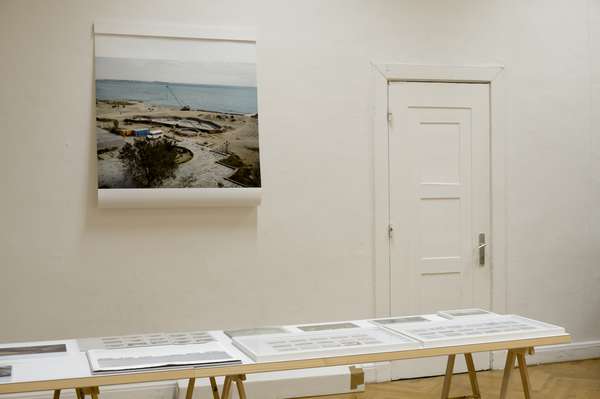
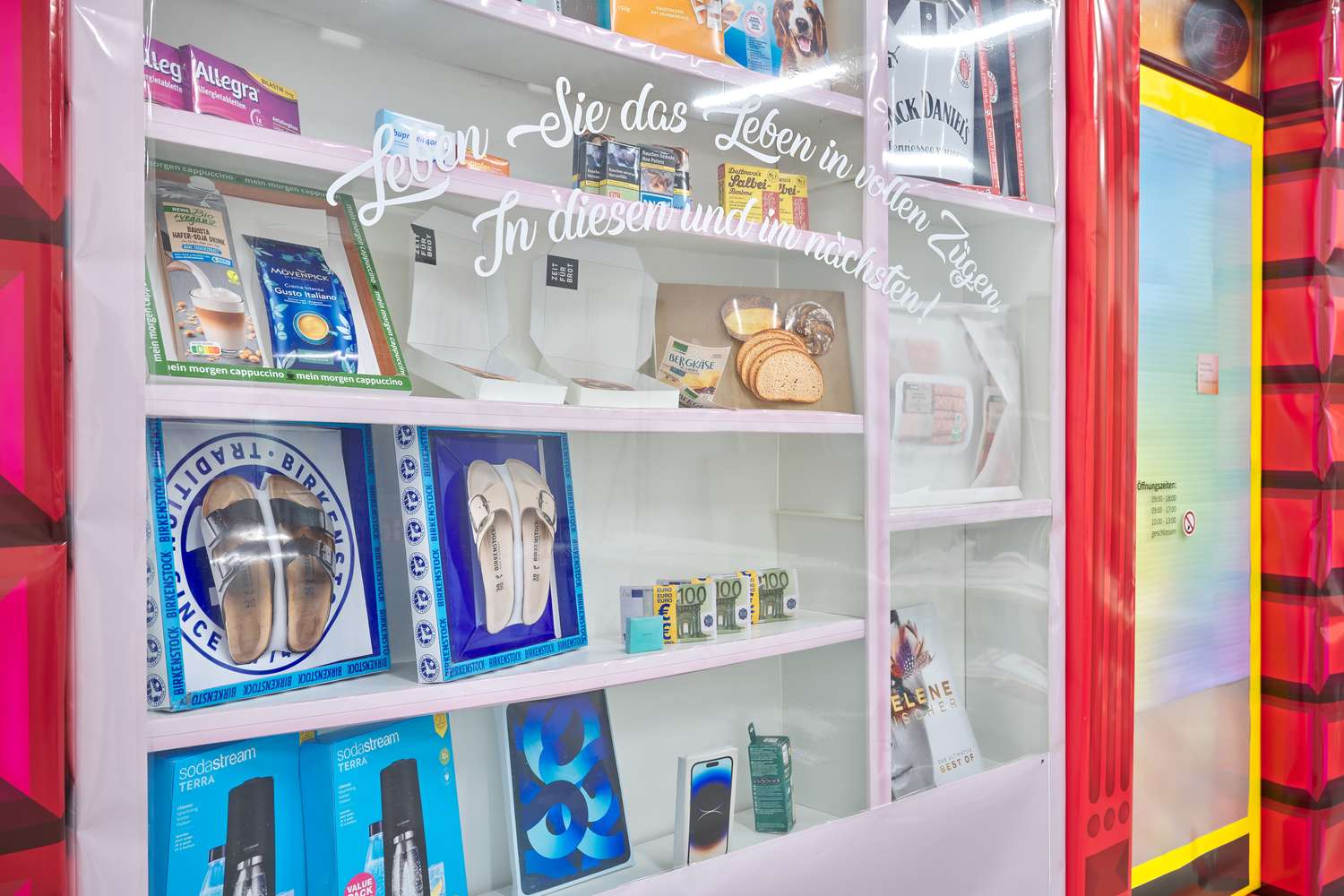
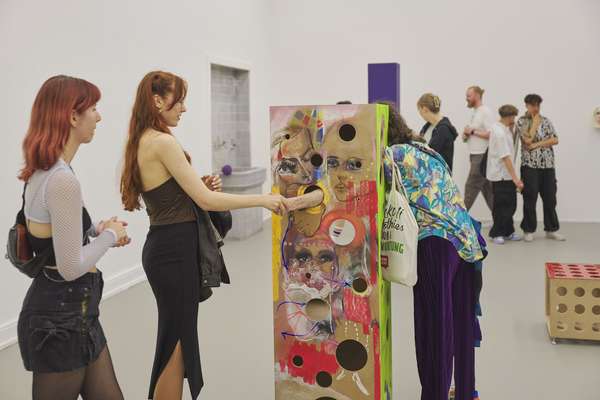
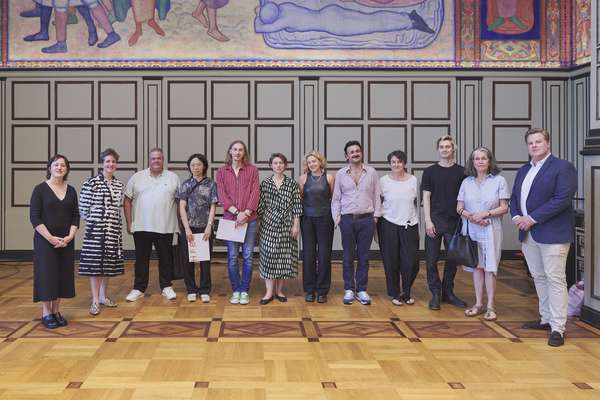


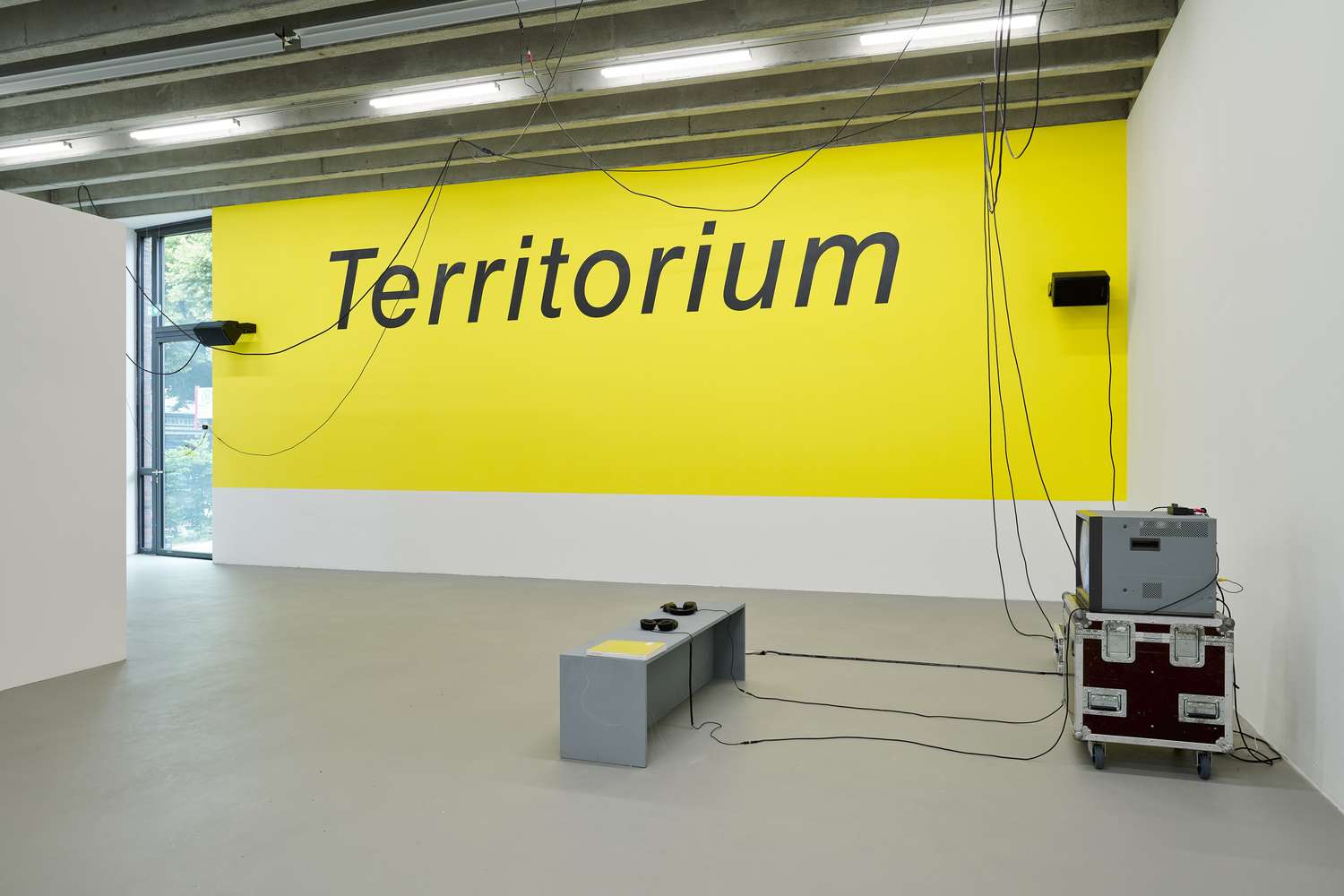

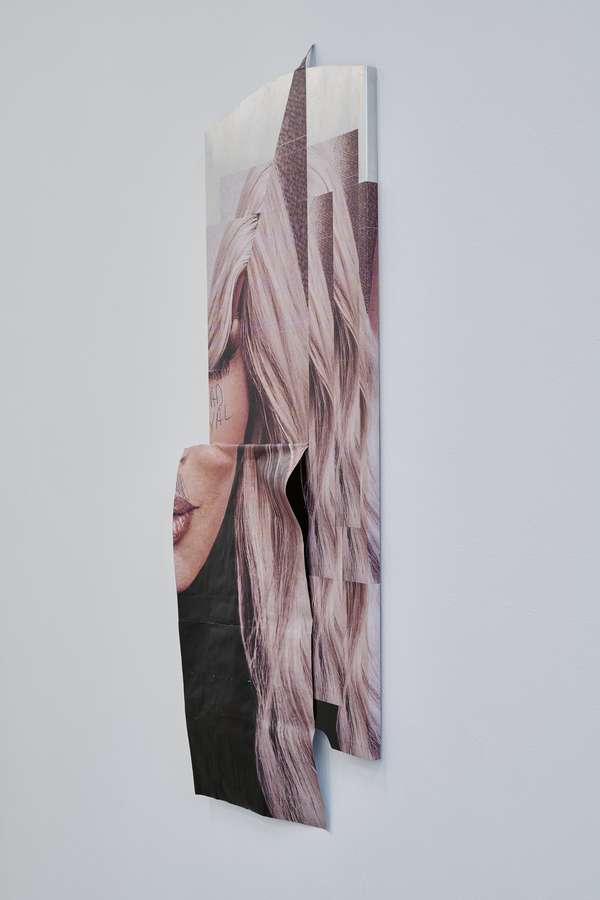



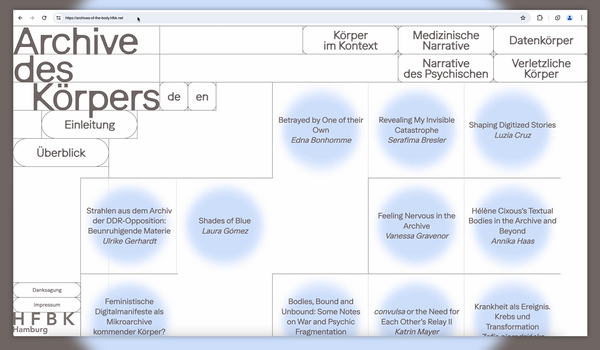






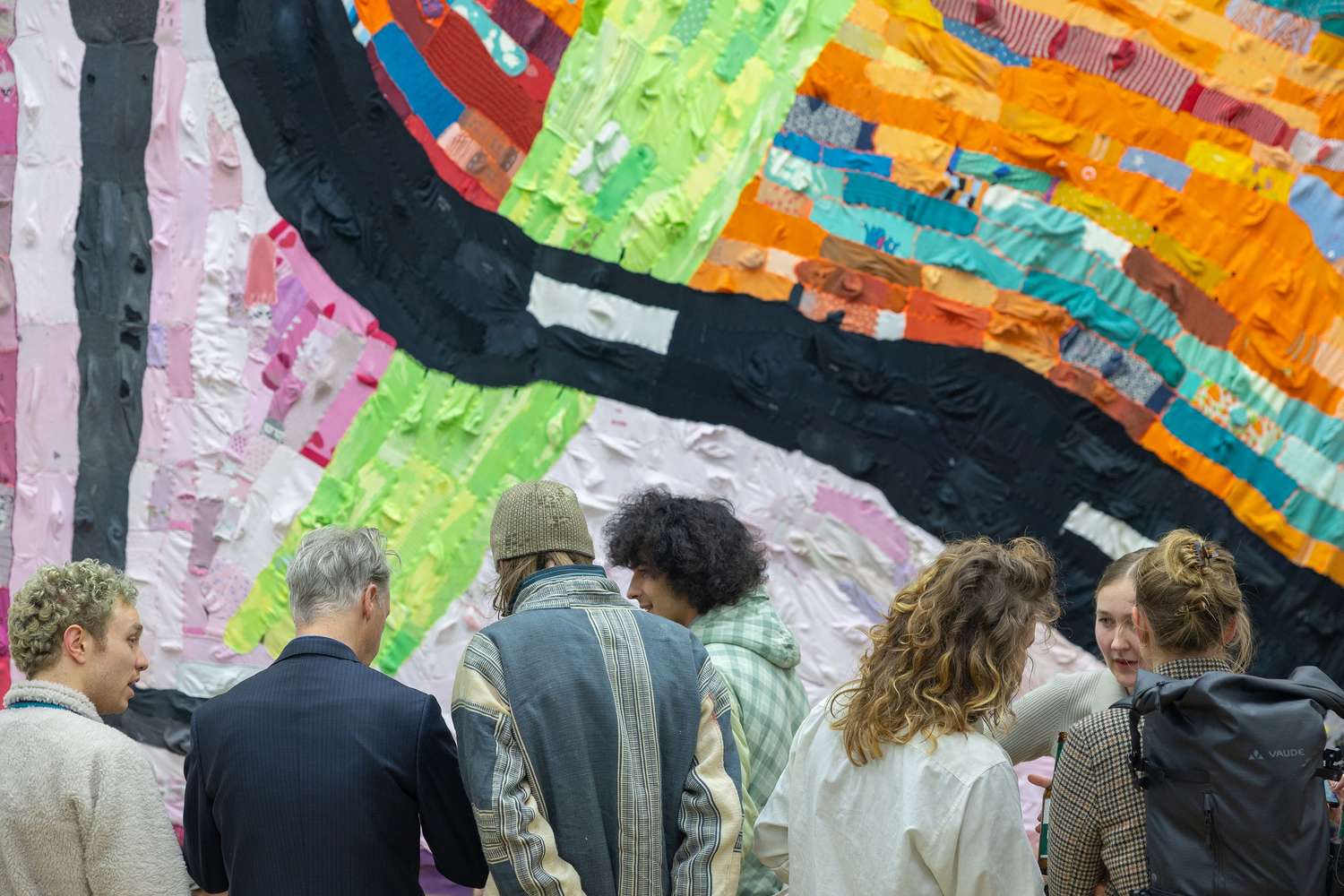








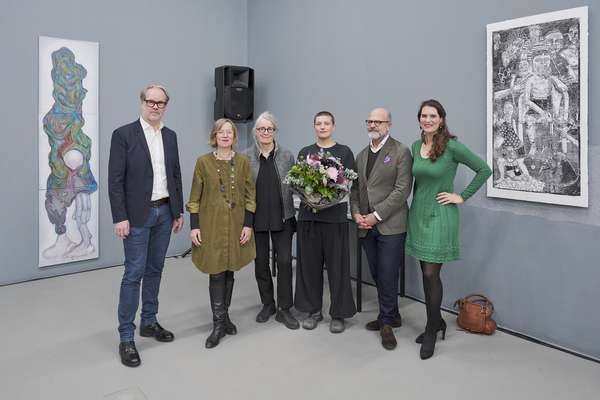


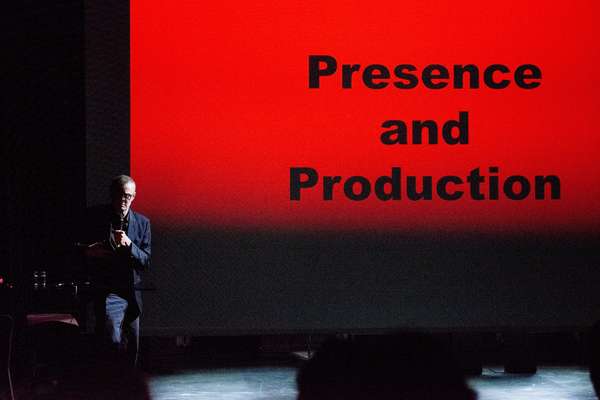



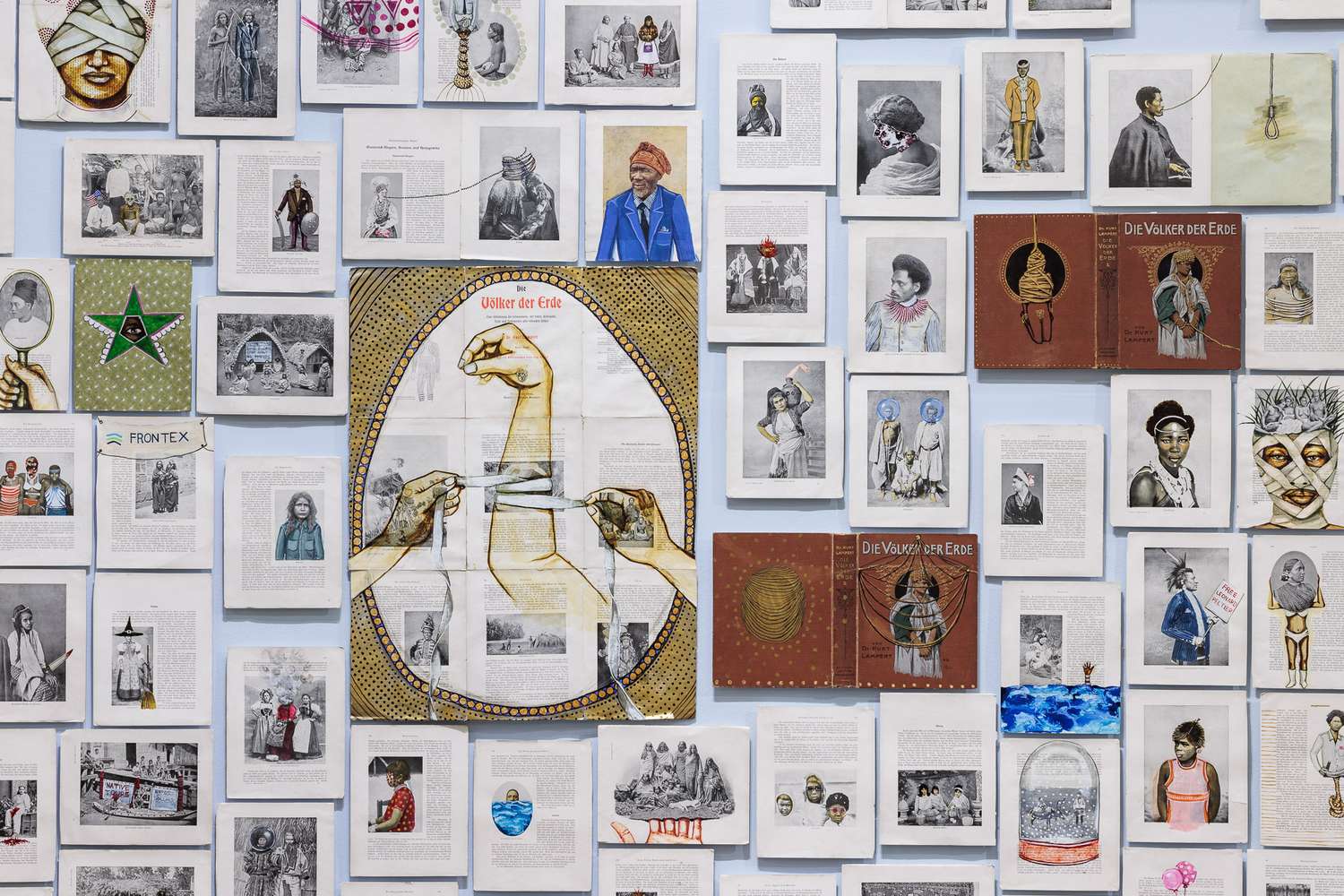









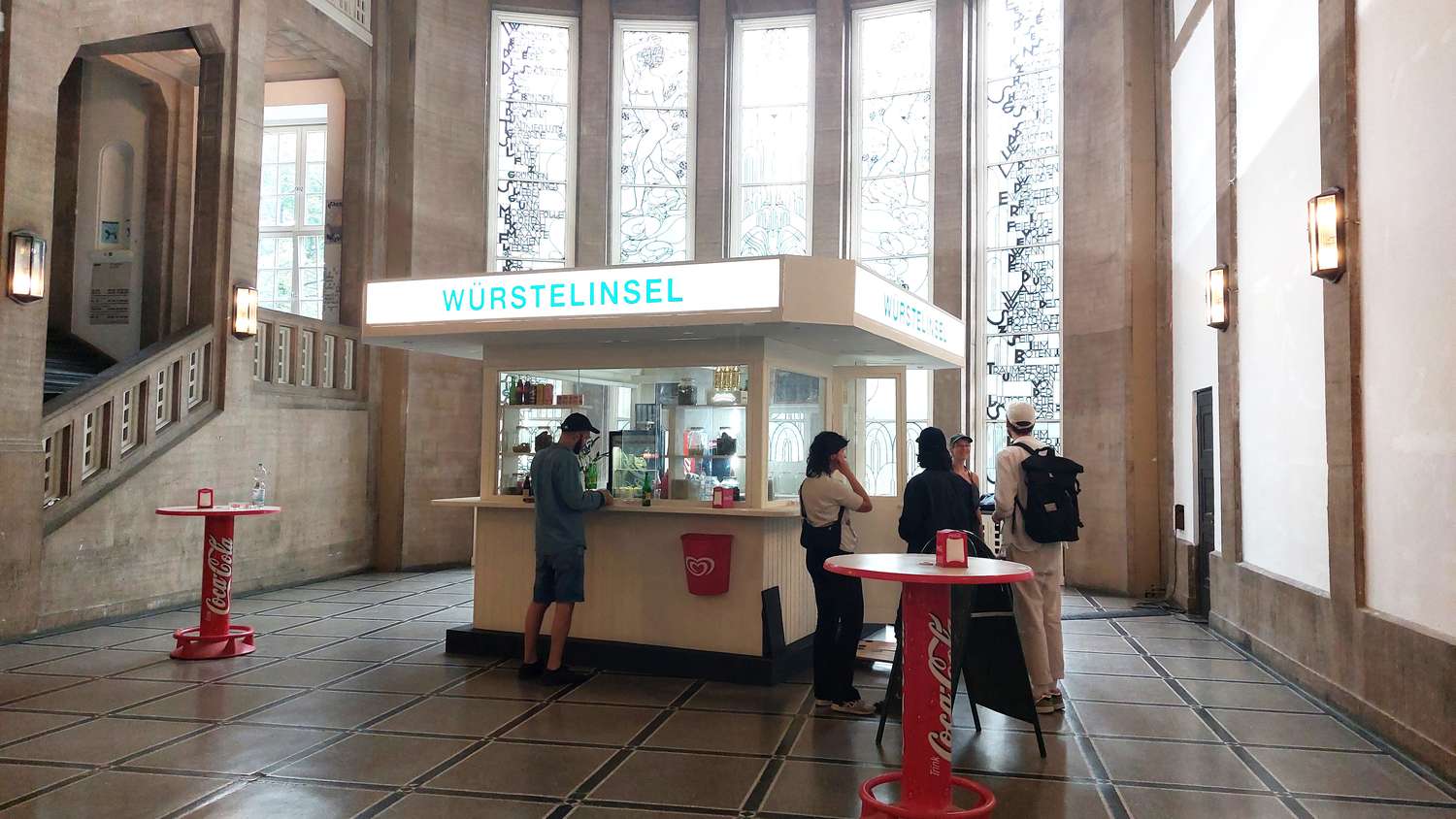








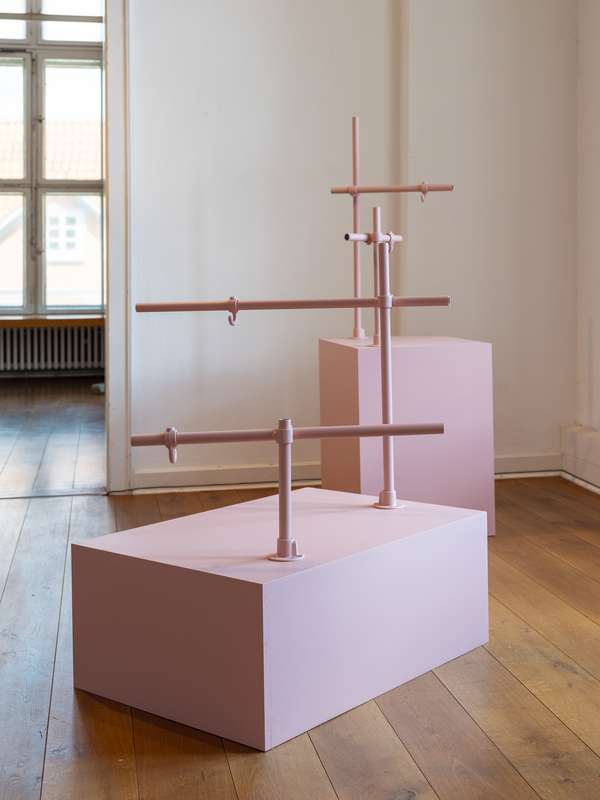

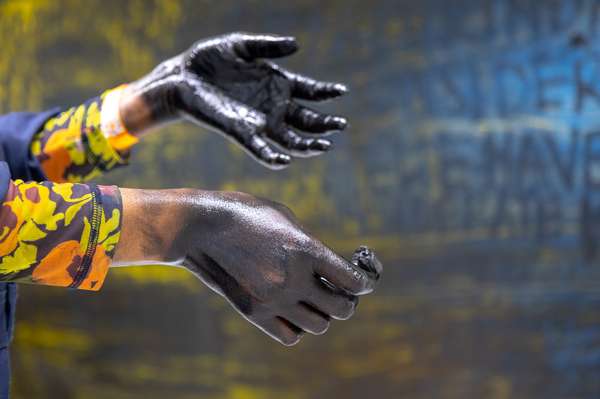




































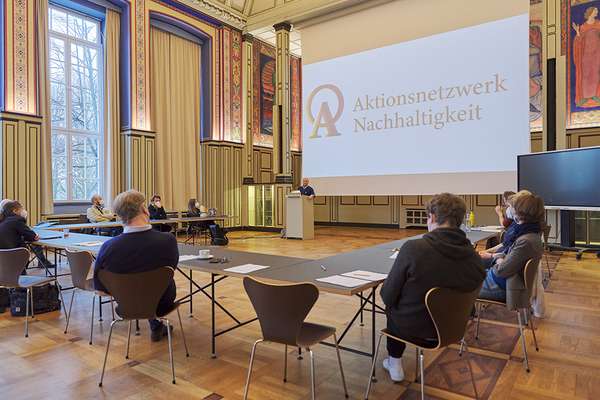






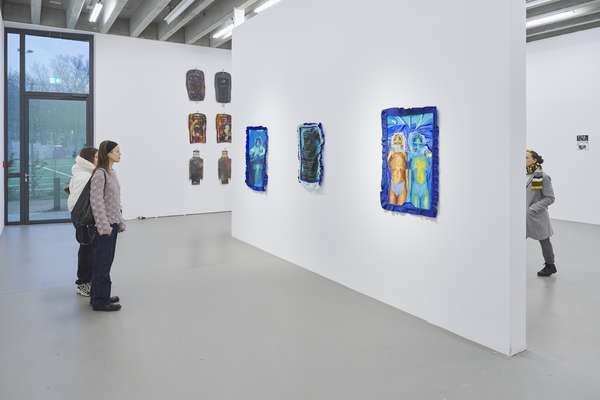








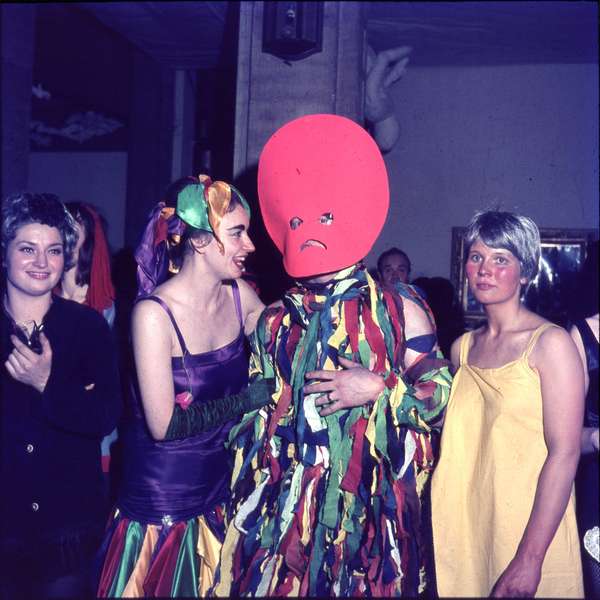

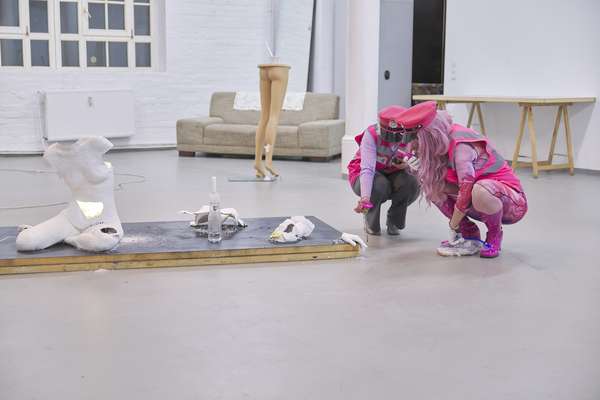







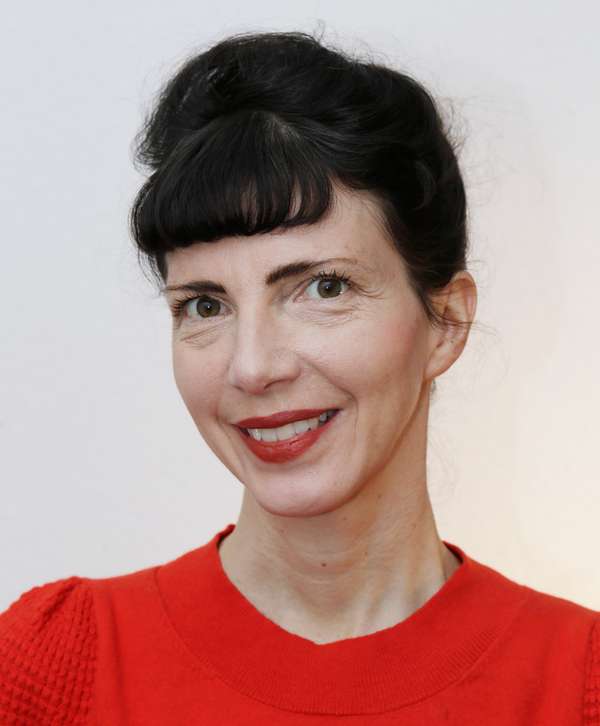
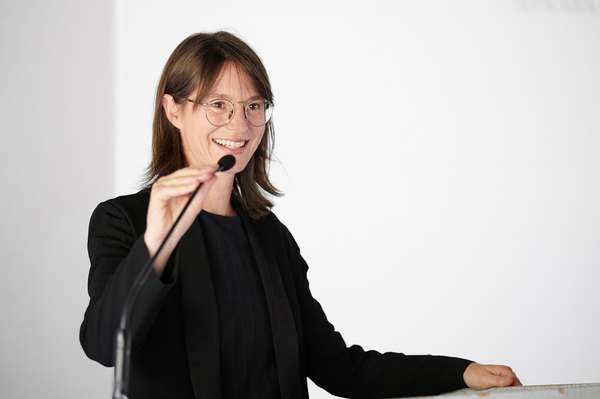




















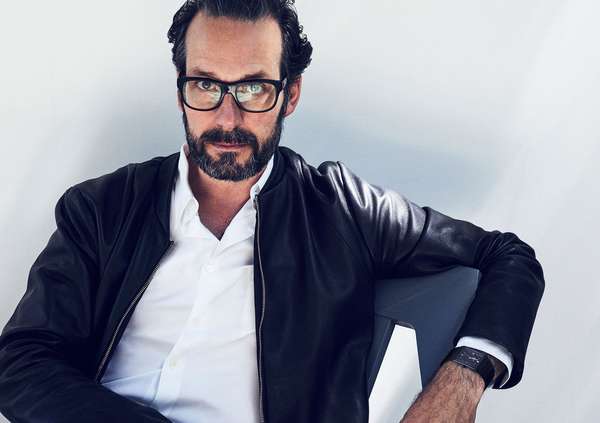







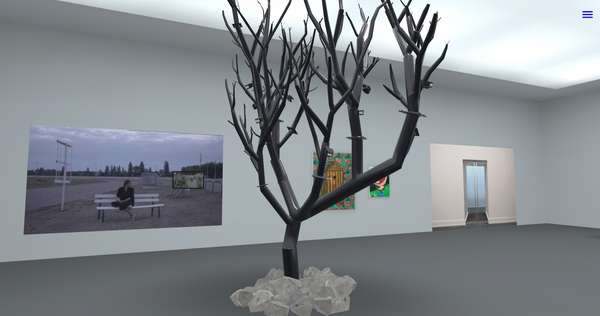
















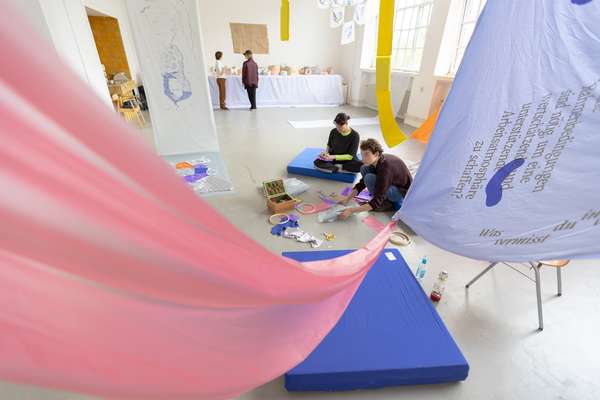

 Graduate Show 2025: Don't stop me now
Graduate Show 2025: Don't stop me now
 Long days, lots to do
Long days, lots to do
 Cine*Ami*es
Cine*Ami*es
 Redesign Democracy – competition for the ballot box of the democratic future
Redesign Democracy – competition for the ballot box of the democratic future
 Art in public space
Art in public space
 How to apply: study at HFBK Hamburg
How to apply: study at HFBK Hamburg
 Annual Exhibition 2025 at the HFBK Hamburg
Annual Exhibition 2025 at the HFBK Hamburg
 The Elephant in The Room – Sculpture today
The Elephant in The Room – Sculpture today
 Hiscox Art Prize 2024
Hiscox Art Prize 2024
 The New Woman
The New Woman
 Doing a PhD at the HFBK Hamburg
Doing a PhD at the HFBK Hamburg
 Graduate Show 2024 - Letting Go
Graduate Show 2024 - Letting Go
 Finkenwerder Art Prize 2024
Finkenwerder Art Prize 2024
 Archives of the Body - The Body in Archiving
Archives of the Body - The Body in Archiving
 New partnership with the School of Arts at the University of Haifa
New partnership with the School of Arts at the University of Haifa
 Annual Exhibition 2024 at the HFBK Hamburg
Annual Exhibition 2024 at the HFBK Hamburg
 (Ex)Changes of / in Art
(Ex)Changes of / in Art
 Extended Libraries
Extended Libraries
 And Still I Rise
And Still I Rise
 Let's talk about language
Let's talk about language
 Graduate Show 2023: Unfinished Business
Graduate Show 2023: Unfinished Business
 Let`s work together
Let`s work together
 Annual Exhibition 2023 at HFBK Hamburg
Annual Exhibition 2023 at HFBK Hamburg
 Symposium: Controversy over documenta fifteen
Symposium: Controversy over documenta fifteen
 Festival and Symposium: Non-Knowledge, Laughter and the Moving Image
Festival and Symposium: Non-Knowledge, Laughter and the Moving Image
 Solo exhibition by Konstantin Grcic
Solo exhibition by Konstantin Grcic
 Art and war
Art and war
 Graduate Show 2022: We’ve Only Just Begun
Graduate Show 2022: We’ve Only Just Begun
 June is full of art and theory
June is full of art and theory
 Finkenwerder Art Prize 2022
Finkenwerder Art Prize 2022
 Nachhaltigkeit im Kontext von Kunst und Kunsthochschule
Nachhaltigkeit im Kontext von Kunst und Kunsthochschule
 Raum für die Kunst
Raum für die Kunst
 Annual Exhibition 2022 at the HFBK
Annual Exhibition 2022 at the HFBK
 Conference: Counter-Monuments and Para-Monuments.
Conference: Counter-Monuments and Para-Monuments.
 Diversity
Diversity
 Live und in Farbe: die ASA Open Studios im Juni 2021
Live und in Farbe: die ASA Open Studios im Juni 2021
 Unlearning: Wartenau Assemblies
Unlearning: Wartenau Assemblies
 School of No Consequences
School of No Consequences
 Annual Exhibition 2021 at the HFBK
Annual Exhibition 2021 at the HFBK
 Semestereröffnung und Hiscox-Preisverleihung 2020
Semestereröffnung und Hiscox-Preisverleihung 2020
 Teaching Art Online at the HFBK
Teaching Art Online at the HFBK
 HFBK Graduate Survey
HFBK Graduate Survey
 How political is Social Design?
How political is Social Design?